Before we get into the fun facts, let's give credit where it's due: the Latin name. Odontodactylus scyllarus may sound like a mouthful, but when you break it down, it makes sense. "Odontodactylus" translates to "toothed finger," and "scyllarus" is a reference to the Scylla, a sea monster from Greek mythology. So, in a way, the scientific name hints at the mantis shrimp's formidable appendages and its mythical aura.
So, the next time you think of oceanic wonders, don't forget to give these marine rock stars the attention they truly deserve! Whether you're a marine enthusiast or simply curious about the wonders of the seas, the peacock mantis shrimp never fails to captivate and astonish with its kaleidoscope of colours and extraordinary abilities.
4 incredible fun facts about the peacock mantis shrimps!
The peacock mantis shrimp earns its dazzling nickname due to its vibrant and iridescent coloration. These marine gems come in a range of spectacular shades, including vibrant greens, blues, and fiery reds. Their bodies are adorned with intricate patterns, making them a true art piece.
| ** Mantis Shrimp Fun Fact #2: Super Smashers of the Ocean** Peacock mantis shrimp are not just pretty. They are ferocious predators with a pair of specialised front limbs that can strike with the speed of a bullet! Their clubs can deliver blows with the force of a .22 caliber bullet, and they use this power to break open the shells of prey like crabs and snails they love. The mantis shrimp's hunting prowess is so legendary that it's even been known to break aquarium glass. It's not a pet you'd want to mess with! | ** Mantis Shrimp Fun Fact #3: Color Vision Extraordinaire** Mantis shrimp vision is the stuff of science fiction. While we humans have three color receptors, these oceanic superheroes have sixteen! They can see polarized light, ultraviolet, and colors that are beyond our comprehension. This super-vision helps them spot prey, predators, and mates with astonishing clarity. |
While the name "mantis shrimp" might suggest a curious fusion of a praying mantis and a shrimp, they're neither related to mantises nor actual shrimp. These captivating creatures belong to the stomatopod family, a group of marine crustaceans that have evolved into a unique and independent branch of the evolutionary tree. So, the next time you're pondering their peculiar moniker, just remember that mantis shrimps are in a league of their own, defying conventional categories in the animal kingdom.
An interesting life cycle
Once ready to hatch, the female releases the eggs into the water, where they become tiny larvae known as nauplii. These larvae go through multiple developmental stages, feeding on plankton and small organisms until they reach maturity, just like other crustaceans. We can see them very regularily on our blackwater dives. After reaching maturity, they settle on the reef.
Smasher vs Spearer Mantis Shrimp
The peacock mantis shrimps are "smashers" and are particularly fascinating because they can strike with a force greater than most other animals, despite their relatively small size. It is believed that this incredible punching ability is a result of the mantis shrimp's unique muscle structure, which combines spring-like mechanisms with a locking mechanism to store and release energy rapidly.
Below are a few photos of Spearing Mantis Shrimp (Lysiosquilla maculata). They are much lighter in colour and live in a vertical burrow in the sand, while peacock mantis shrimp prefers rocky areas on the reef.
Now, let's answer some of the most common questions people ask about peacock mantis shrimp:
| **1. Can peacock mantis shrimp see more colors than humans?**
|
| **2. How fast is the peacock mantis shrimp's punch?** The peacock mantis shrimp has one of the most powerful and fastest punches in the animal kingdom. It possesses specialized appendages called "raptorial appendages" that it uses to strike its prey. These appendages, also known as "smashers," are highly dexterous and possess incredible strength. When a peacock mantis shrimp strikes, it accelerates its "hammer like appendage" at an astonishing speed of 23 meters per second. This unbelievable speed generates an impressive amount of force, with some estimates suggesting that it can exert up to 1,500 Newtons, which is equivalent to a bullet being fired from a .22 caliber rifle! |
While their punch can shatter shells and glass, mantis shrimps aren't a threat to humans. However, it's wise not to bring your fingers too close to their powerful hammers!!!
| **4. How do peacock mantis shrimp communicate with each other?** These mantis shrimp often use a combination of visual signals and body language for communication. They display various color patterns and postures to convey information about their intentions, such as territorial disputes or courtship rituals. **5. What are some interesting behaviors of peacock mantis shrimp?** Peacock mantis shrimp are known for their meticulous burrowing behavior. They construct intricate burrows with multiple chambers, which serve as both protection and a place to ambush unsuspecting prey. They are also quite territorial and will fiercely defend their burrows. **6. Can peacock mantis shrimp regenerate their limbs?** Yes, peacock mantis shrimp have a remarkable ability to regenerate their limbs if they get injured or lose one during battles or accidents. Their powerful resilience is another testament to their extraordinary adaptations. |
| **7. Where can you find peacock mantis shrimp in the wild?** Peacock mantis shrimp inhabit the warm waters of the Indian and Pacific Oceans, particularly in the tropical coral reefs. You can often spot them in rocky crevices and burrows along the seafloor. While amazing and incredible creatures, Mantis shrimps are not rare in our dives and and our guides see them on every single one of our Andaman Sea adventures. Wanna know more about the Marine Life of the Andaman Sea? Check out this page for reference! |

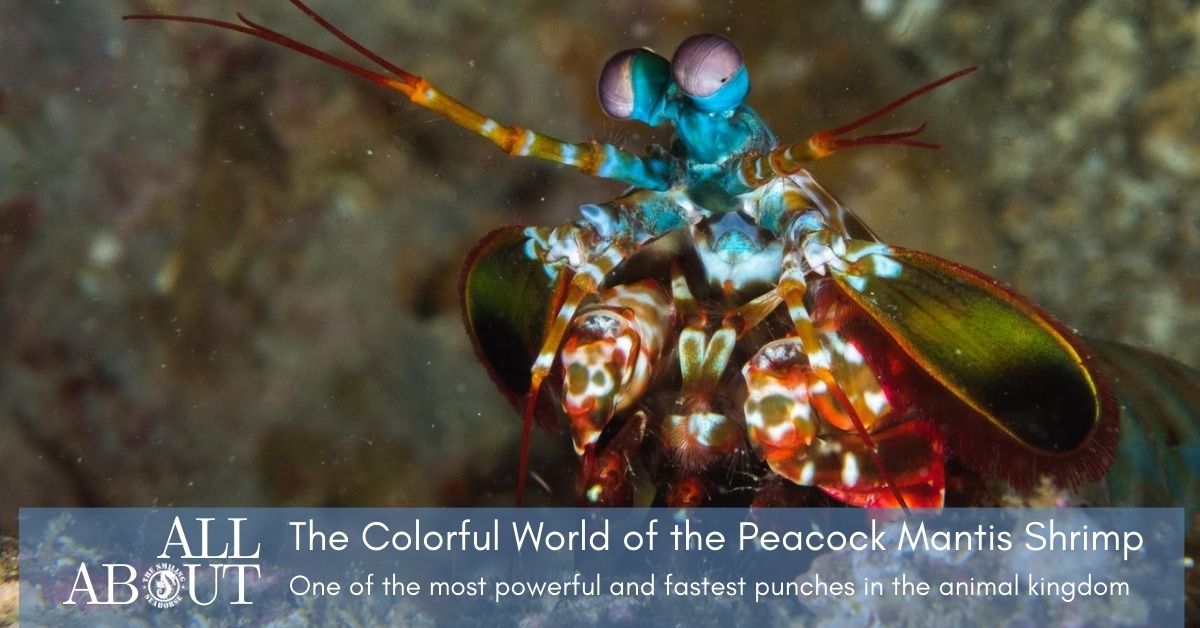
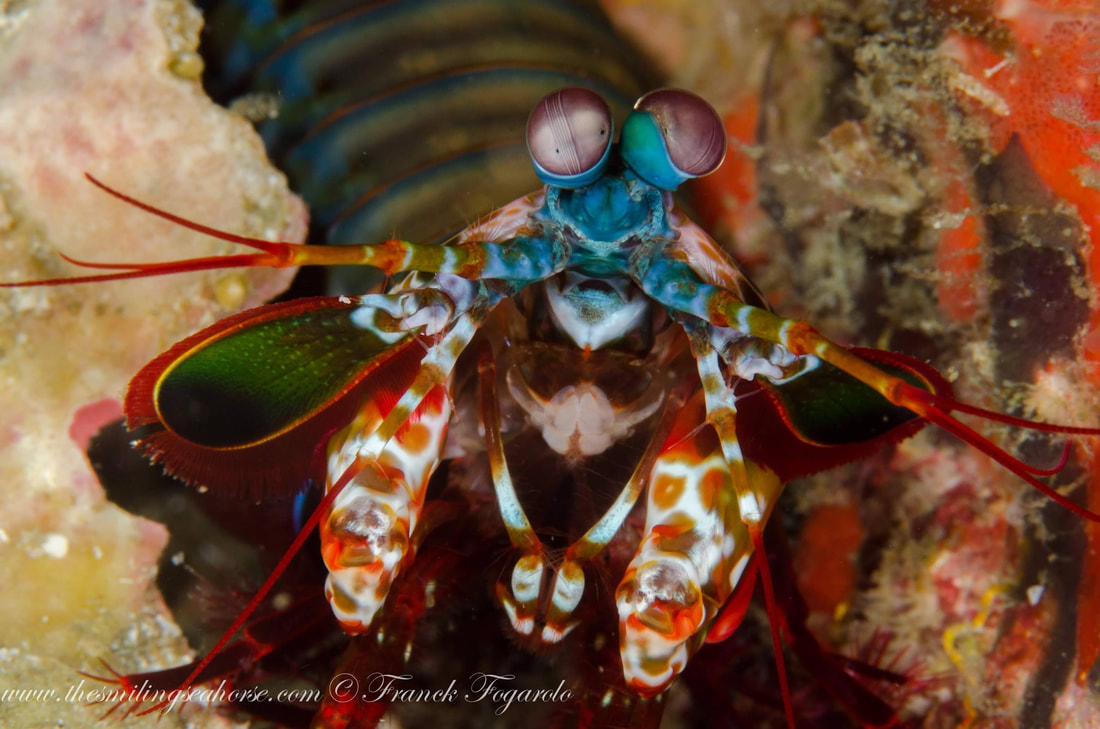
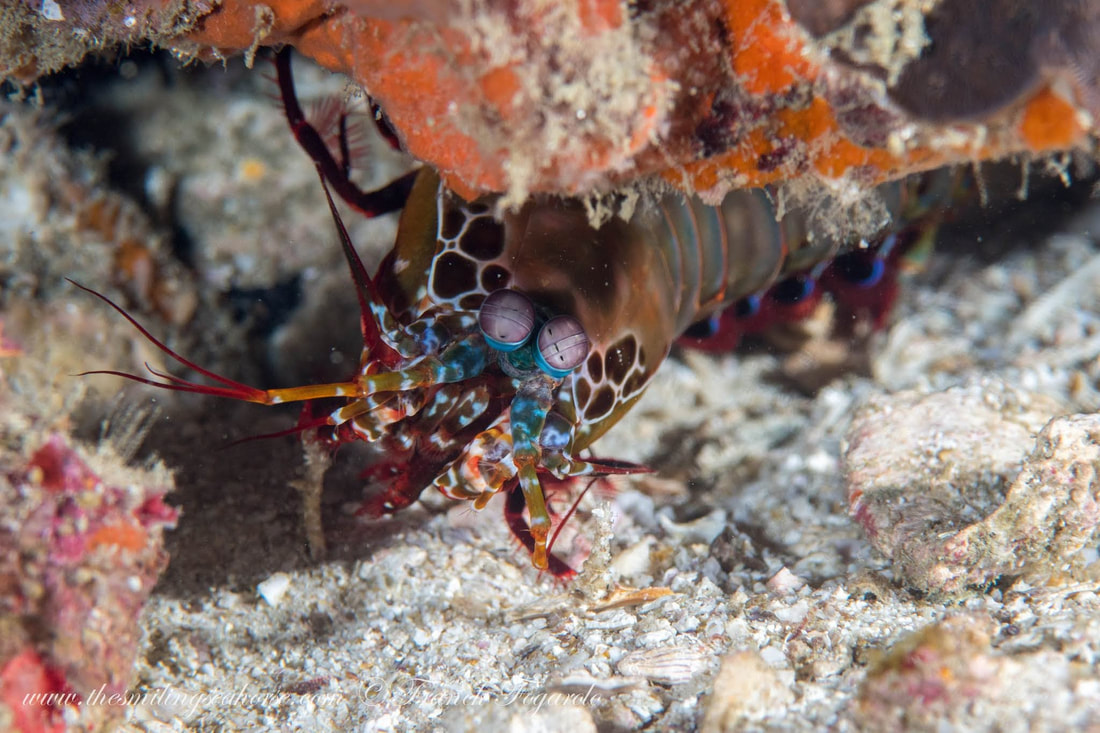
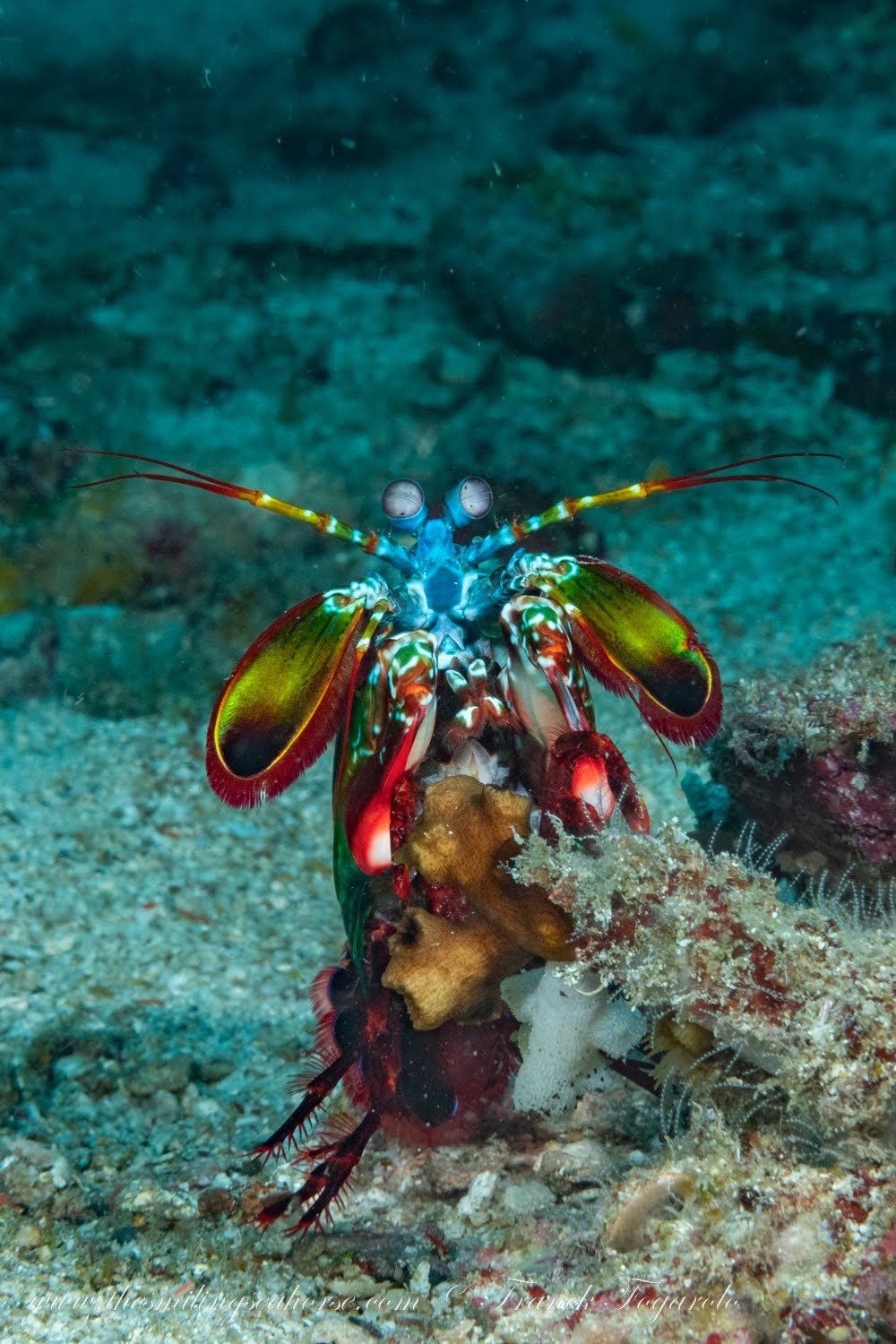
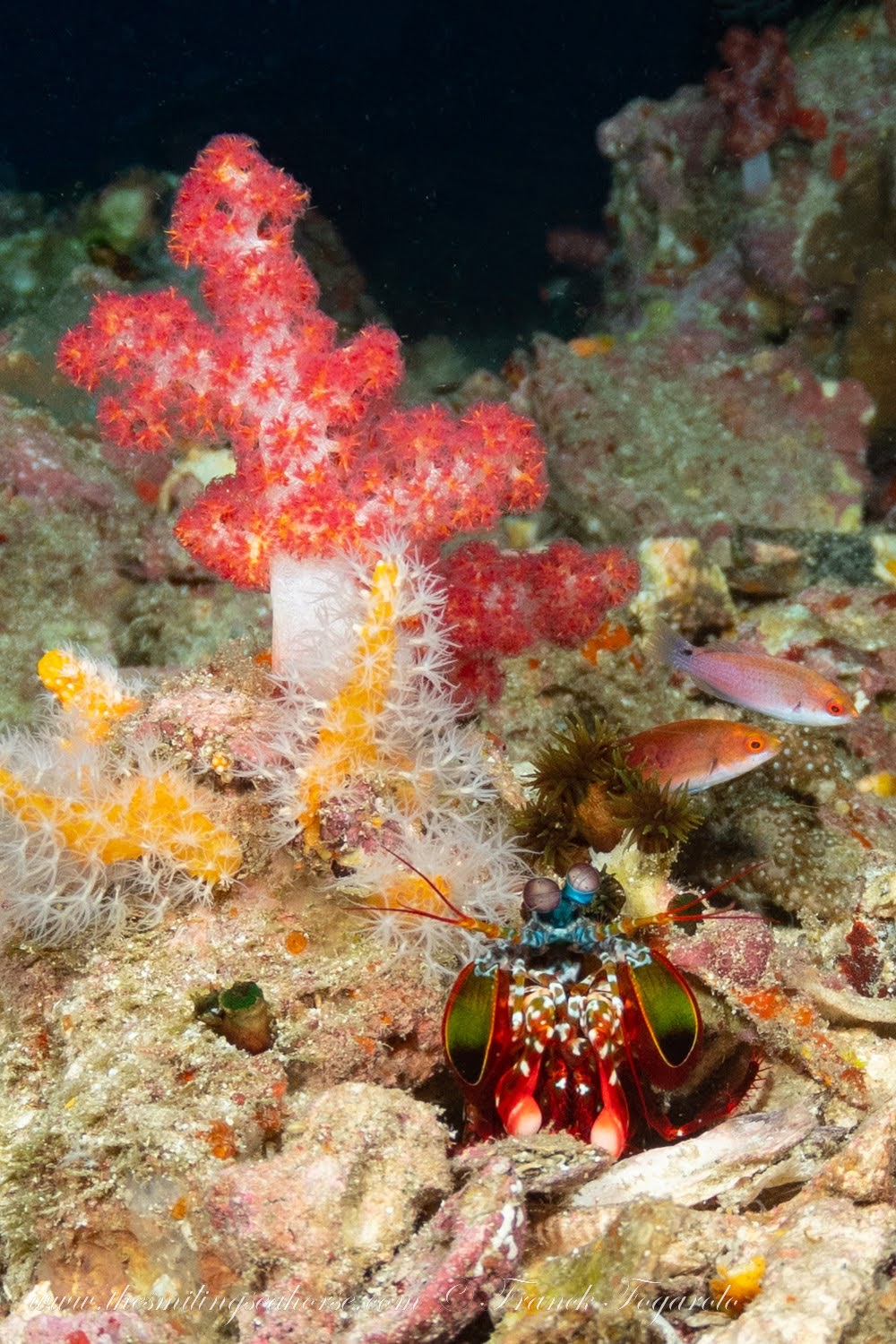
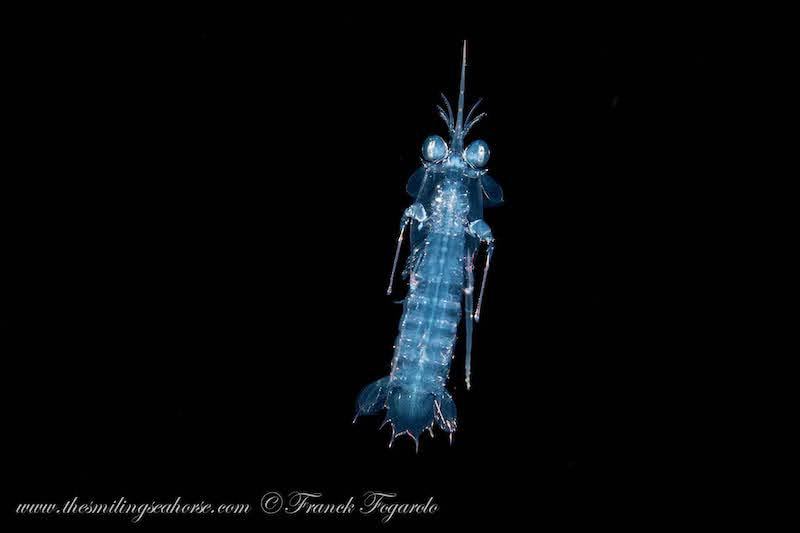
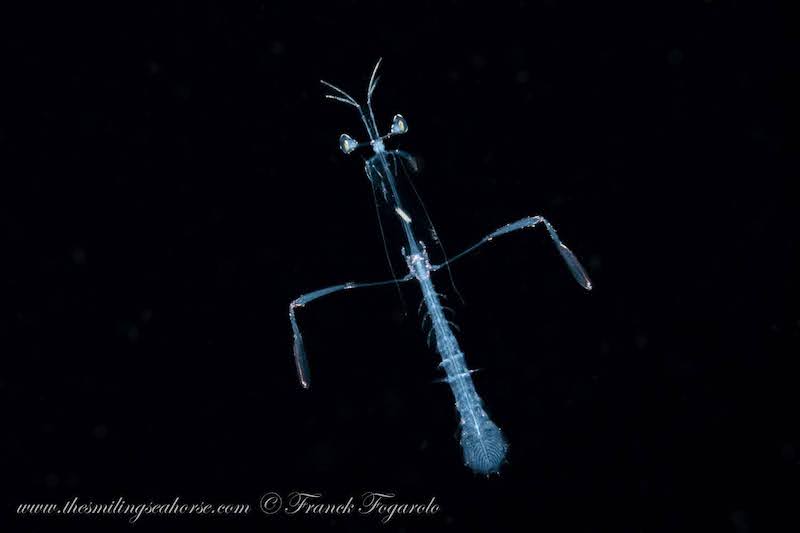
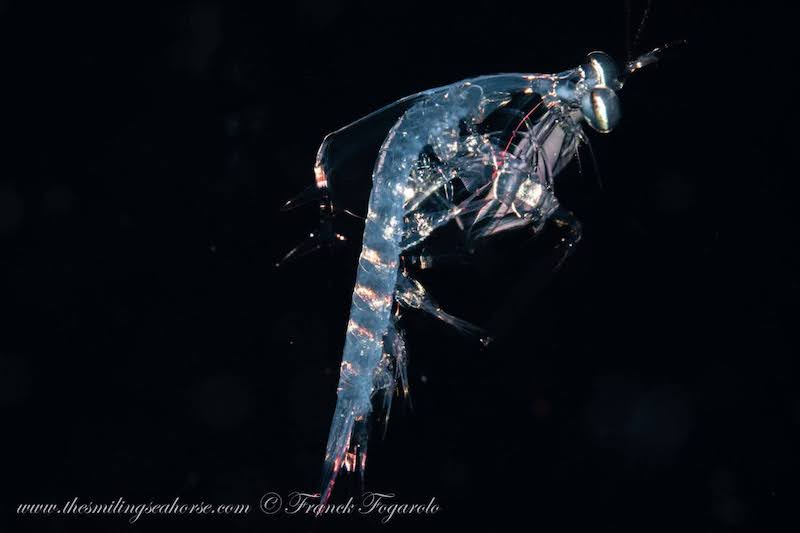
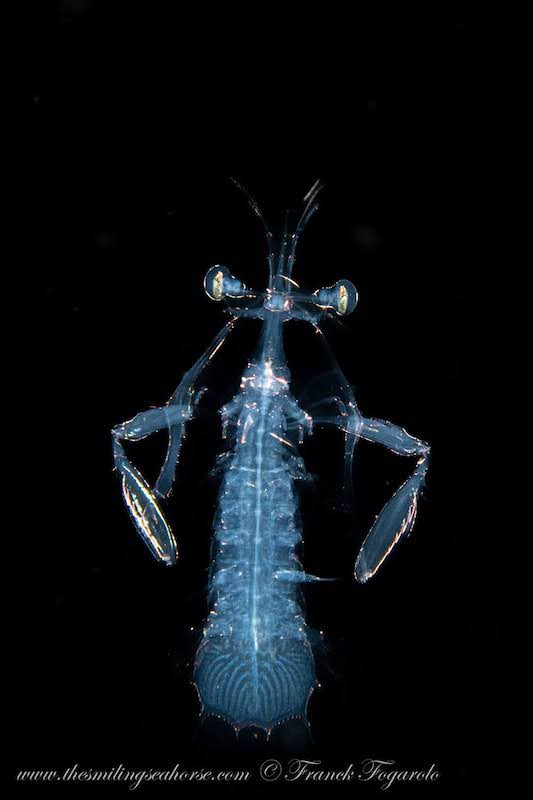

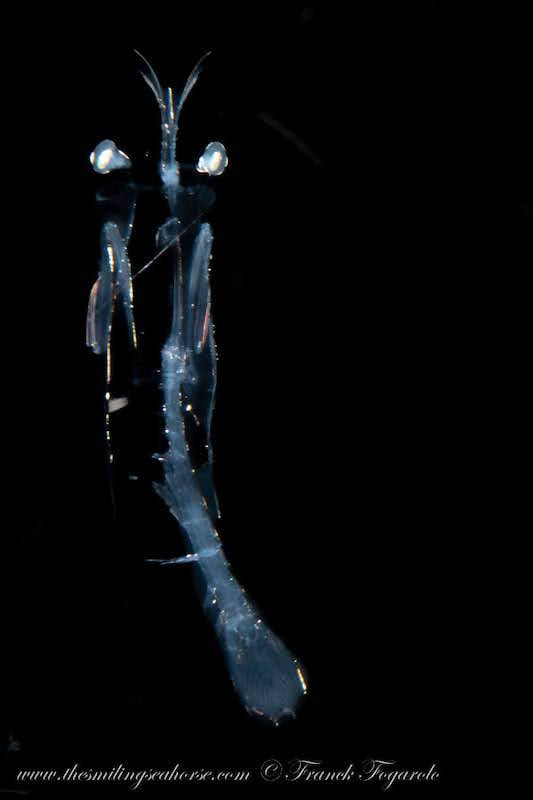
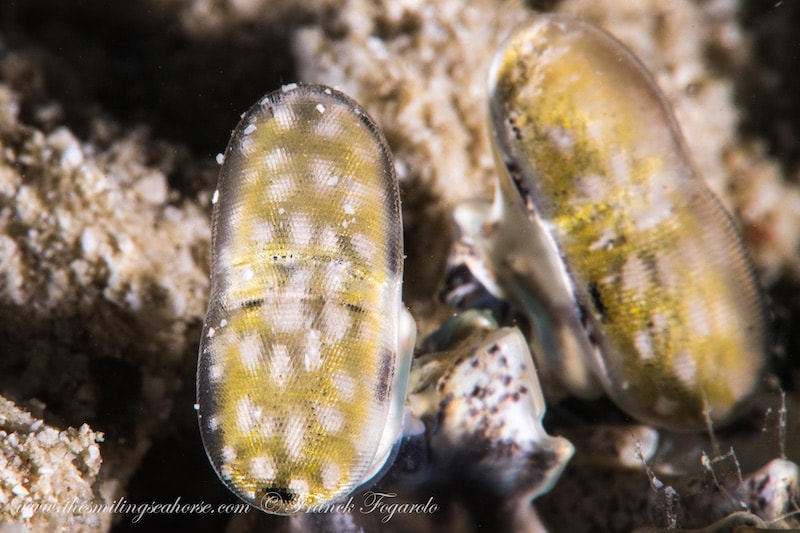
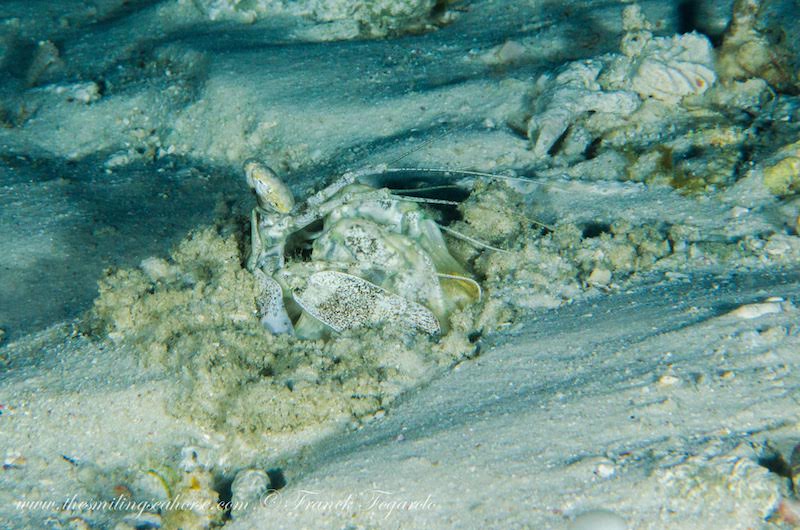
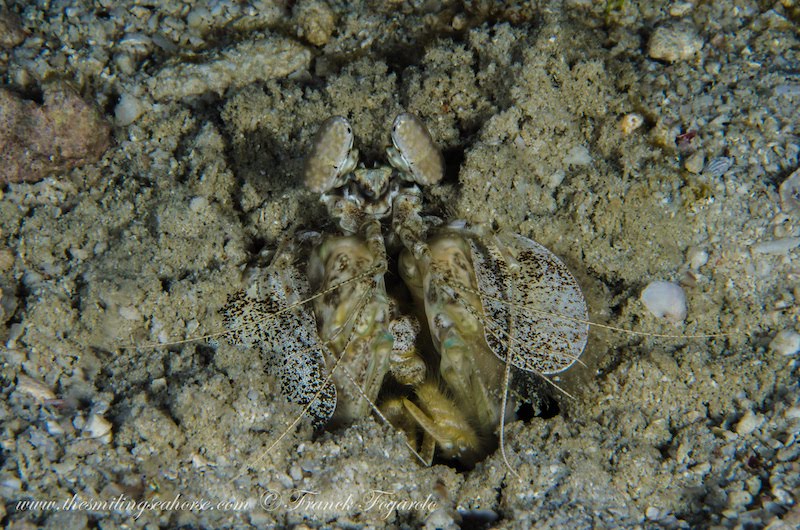
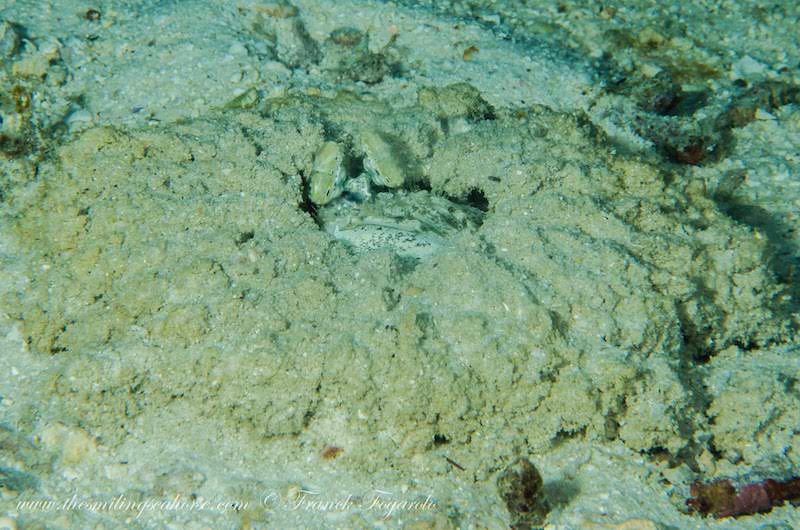
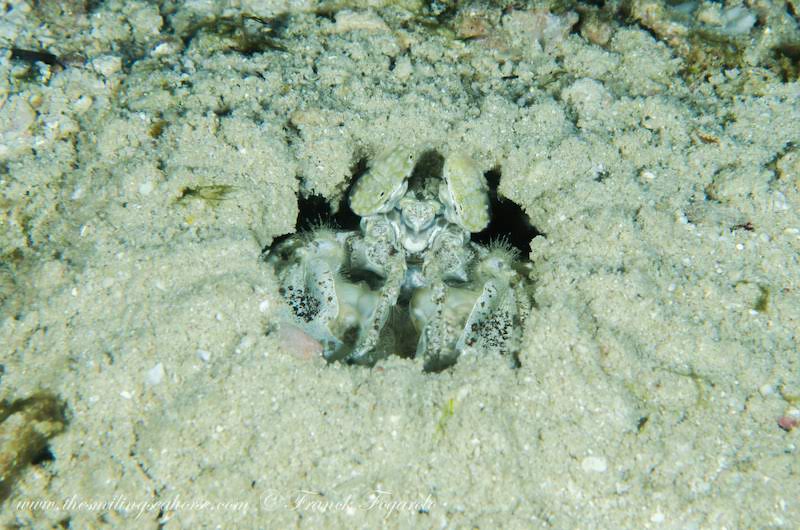
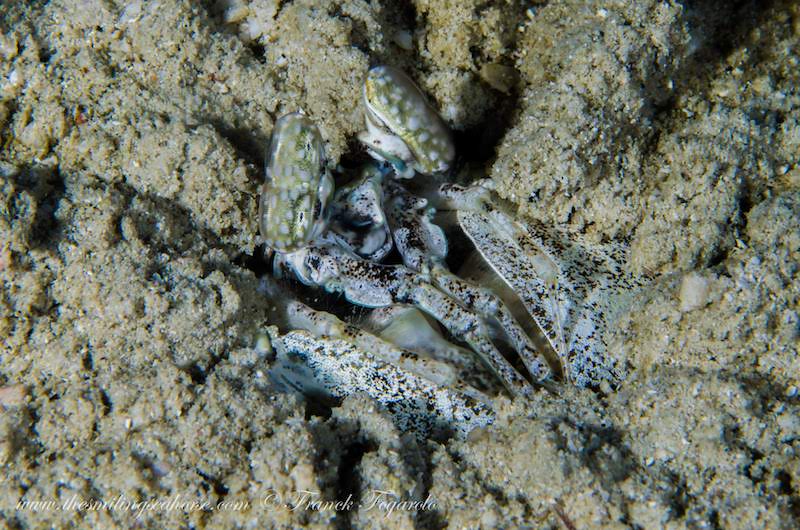
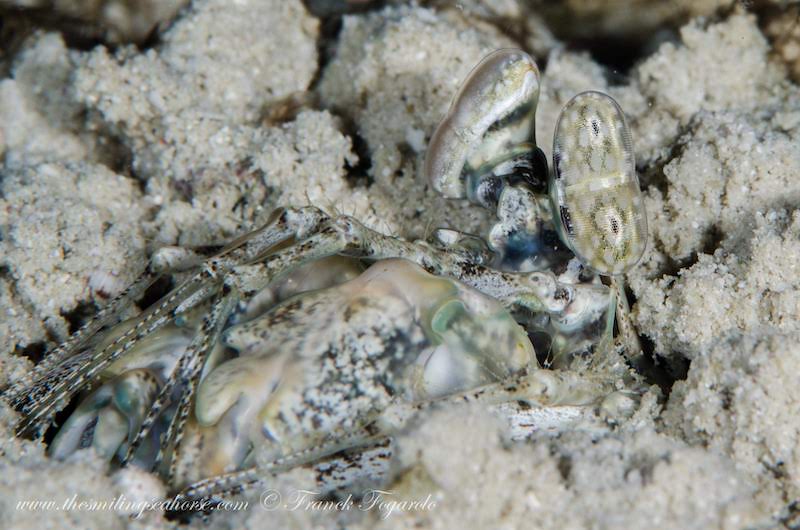
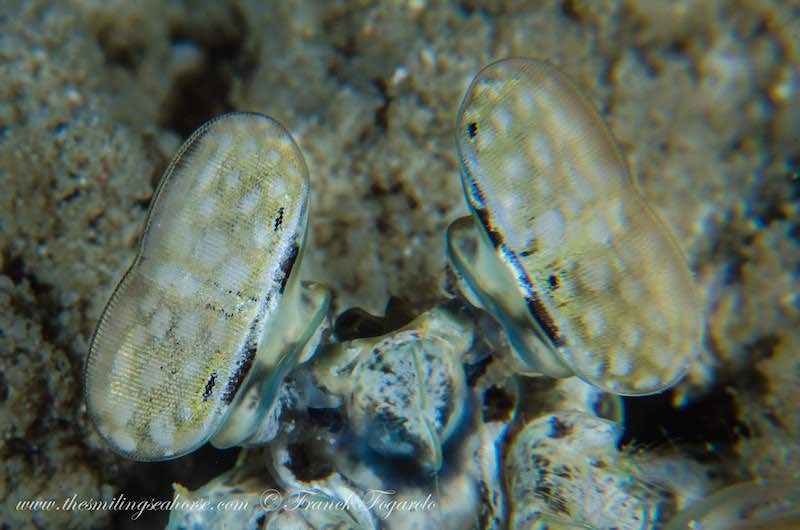
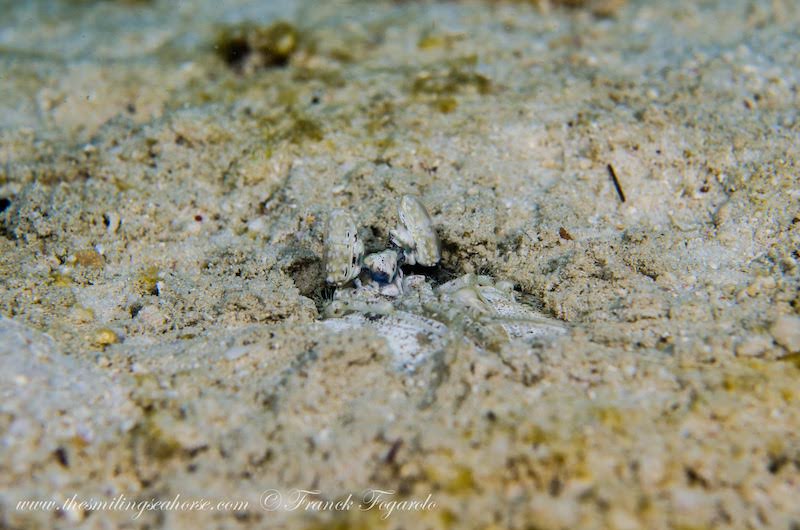
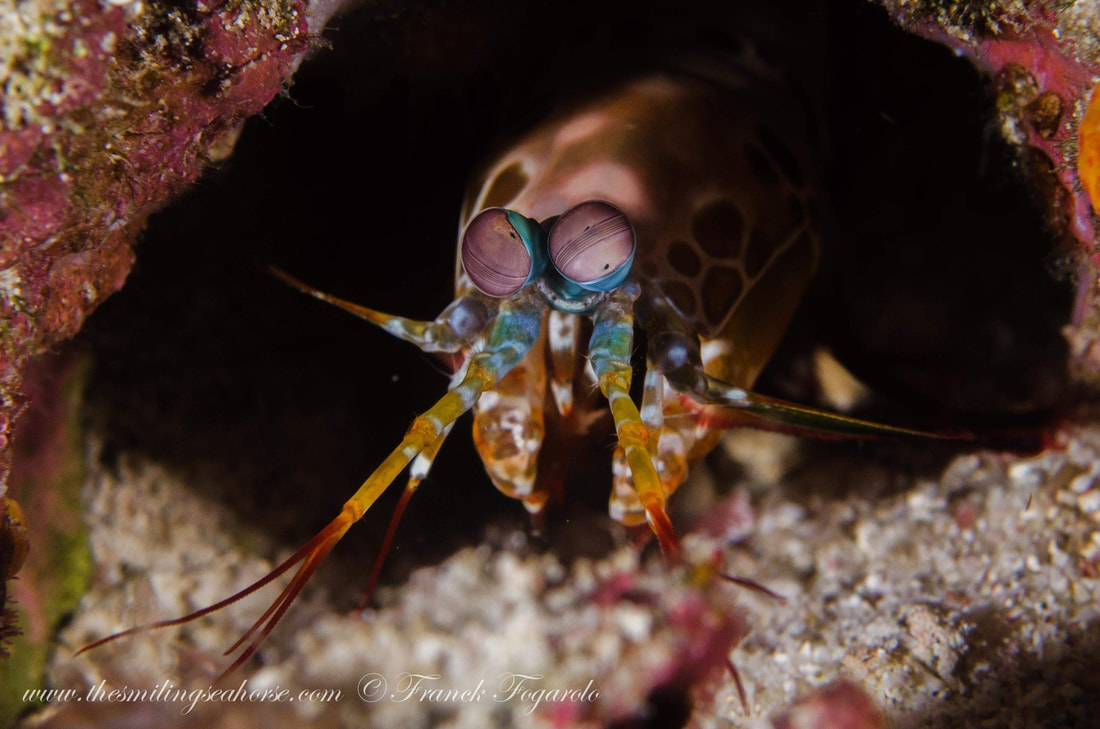
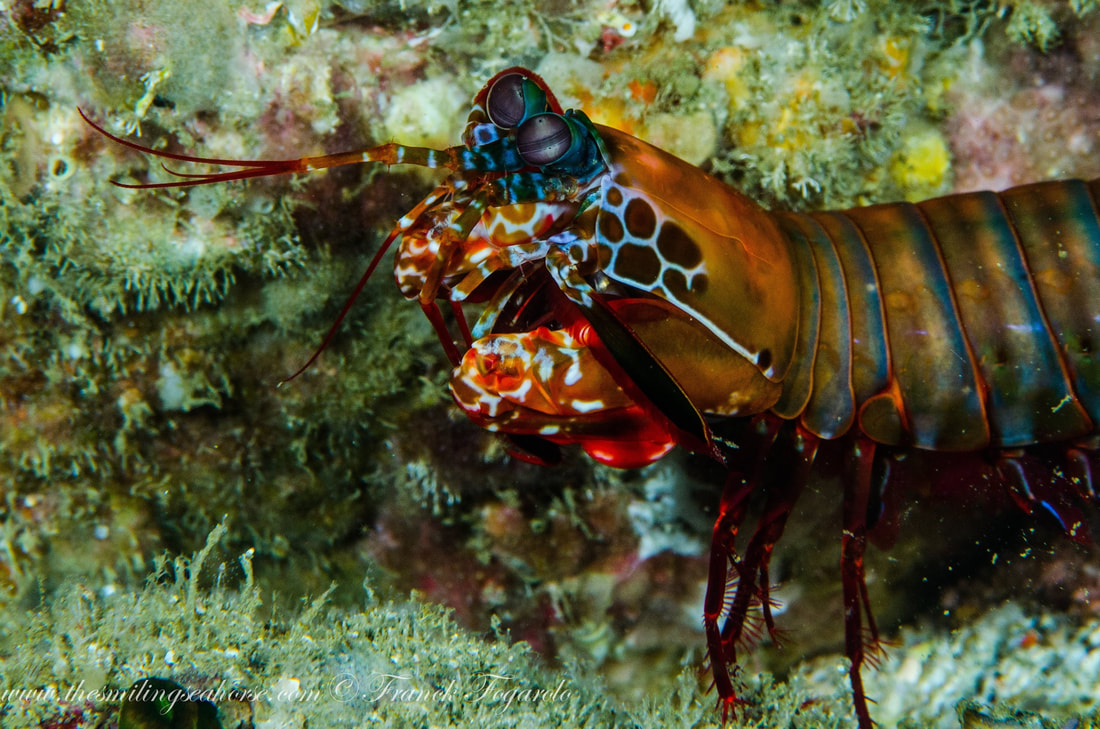
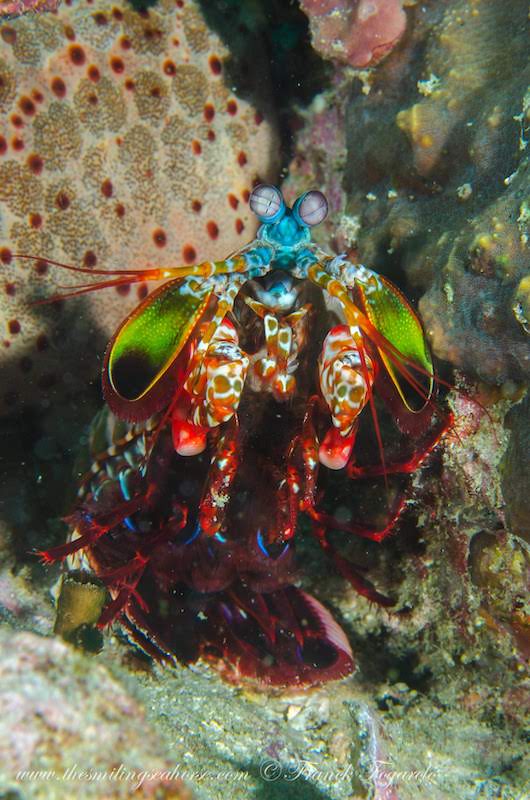
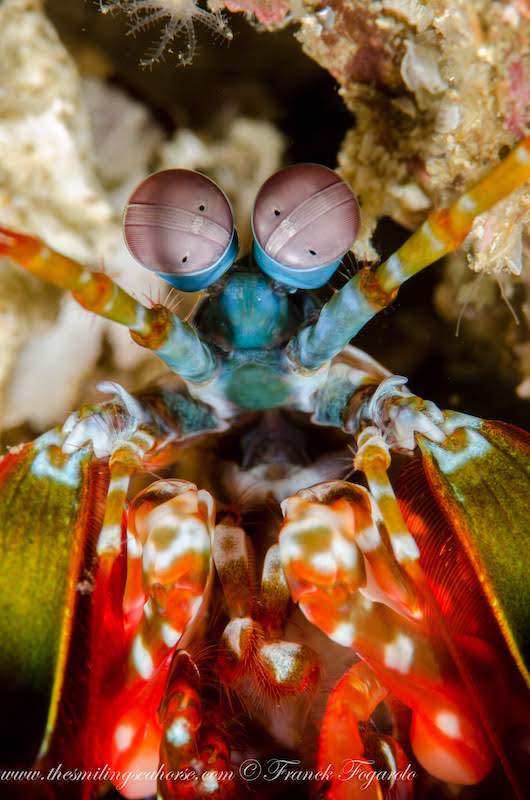


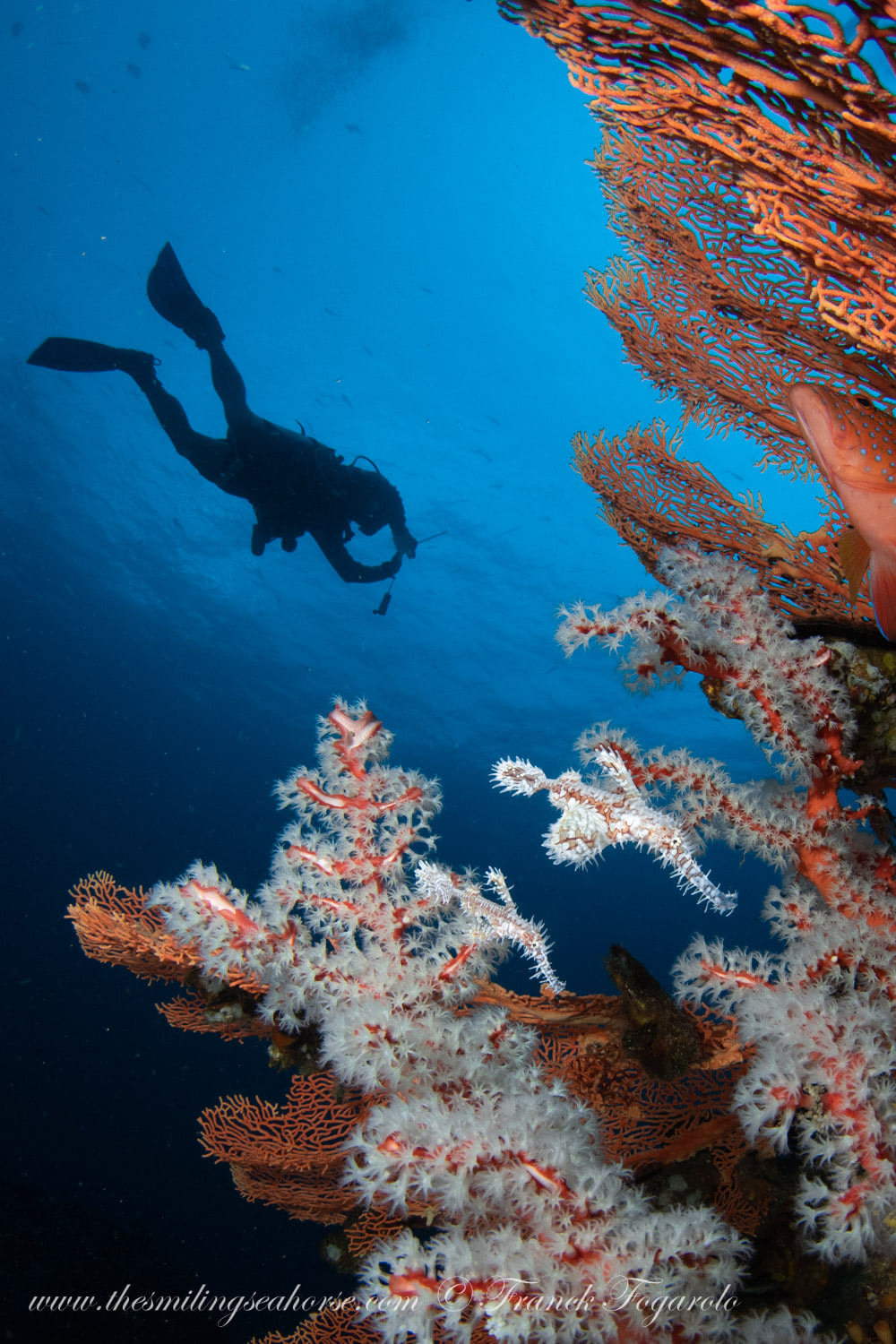
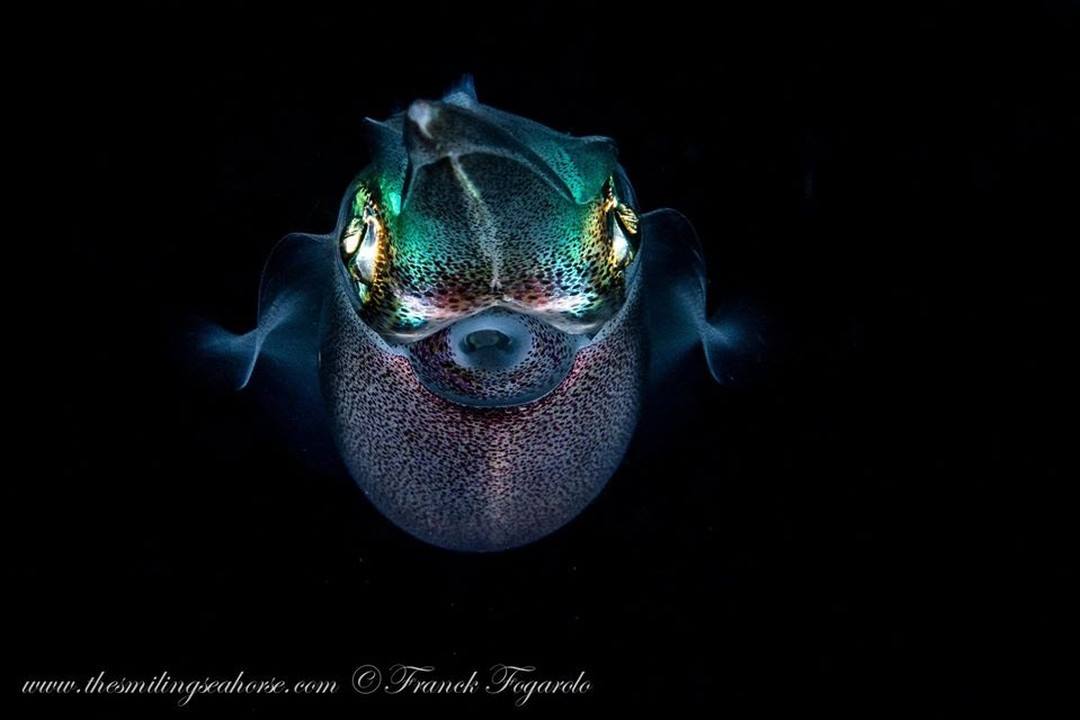
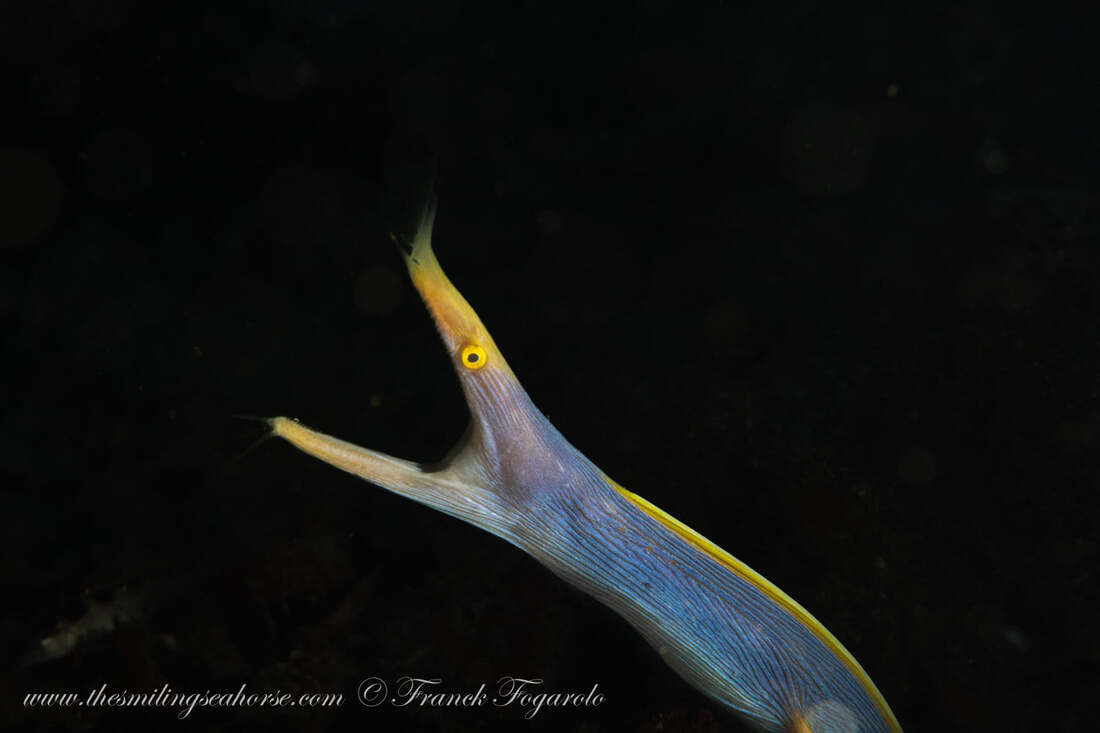
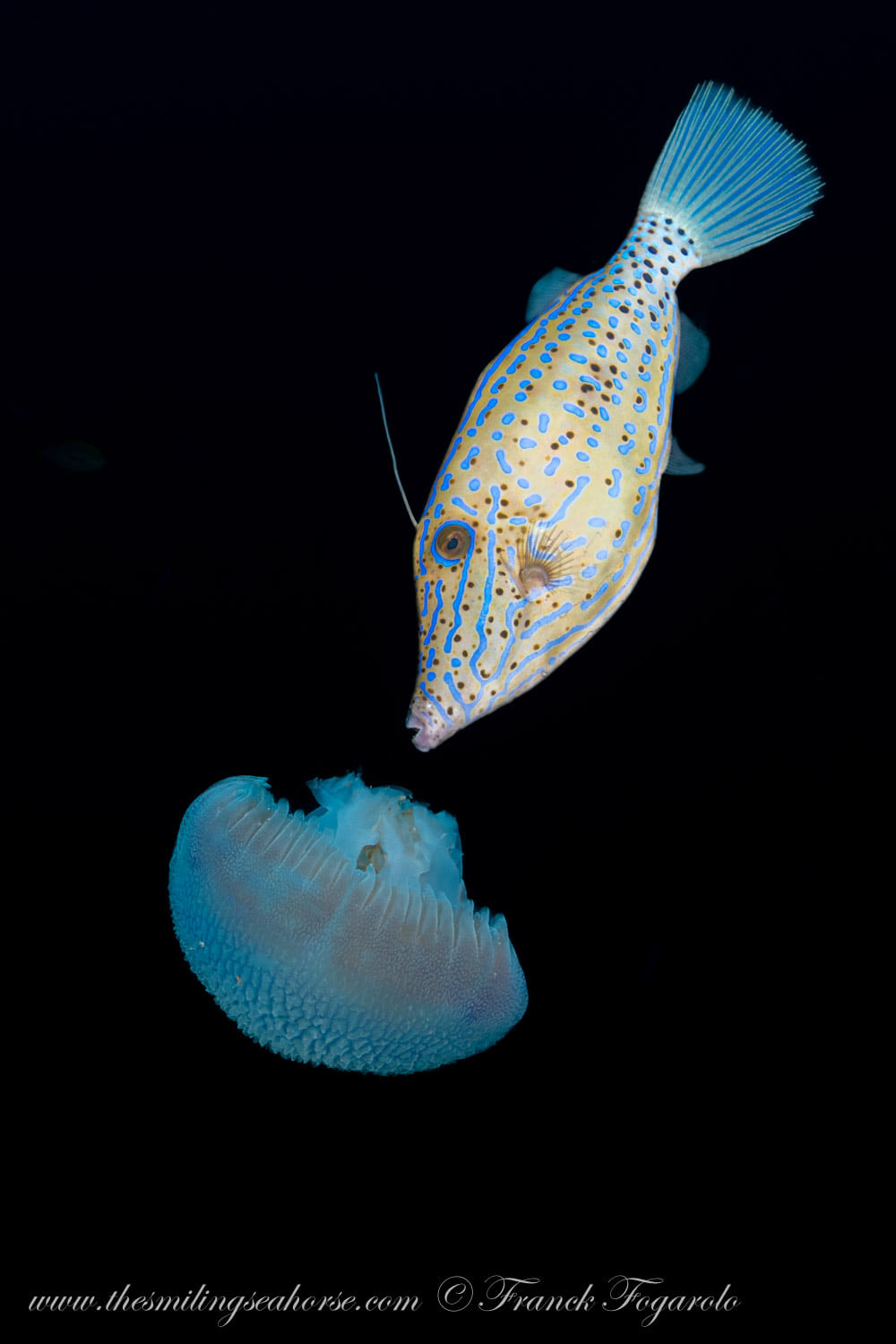
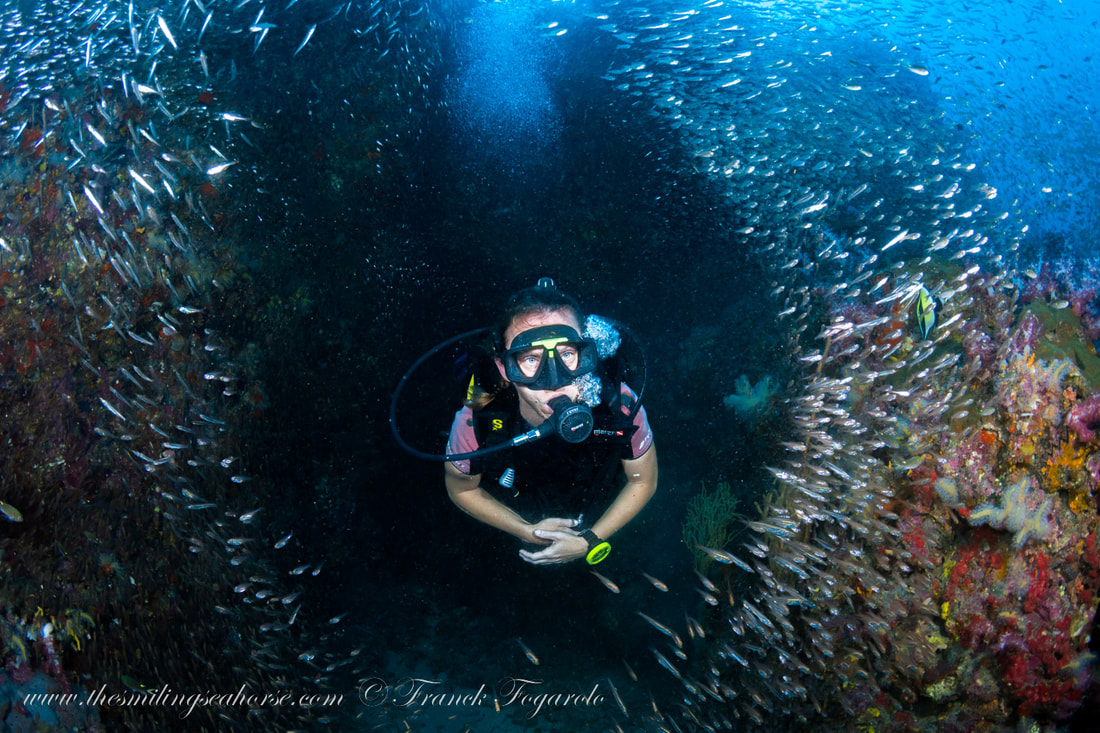
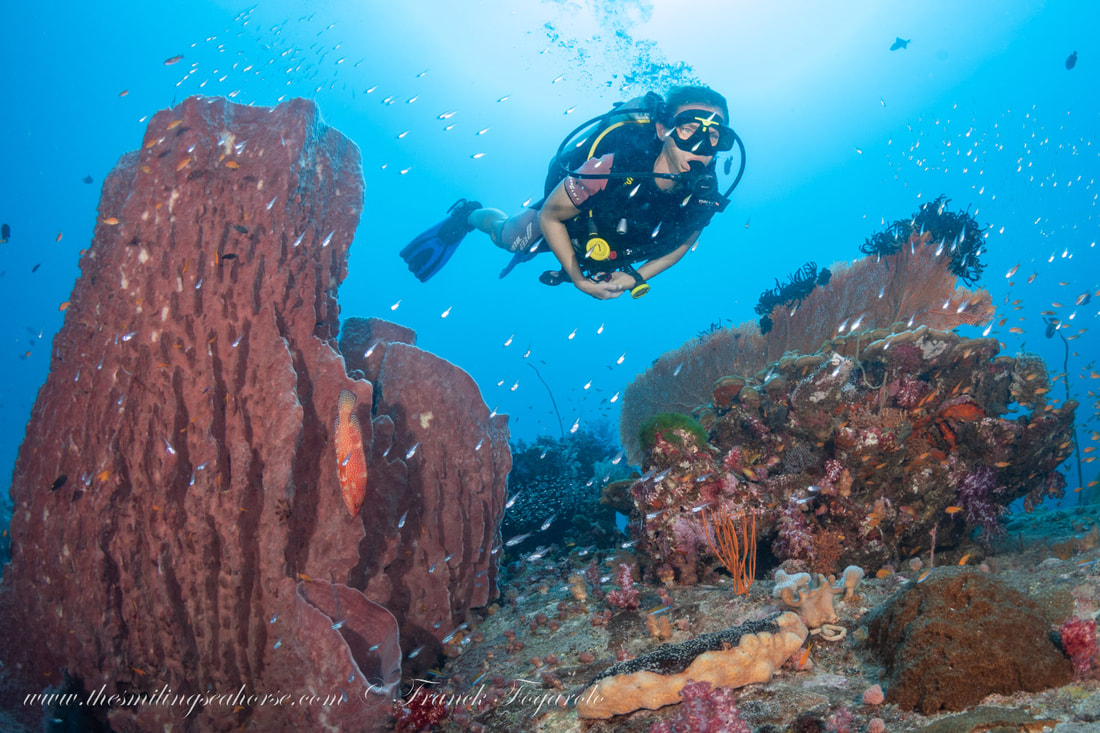
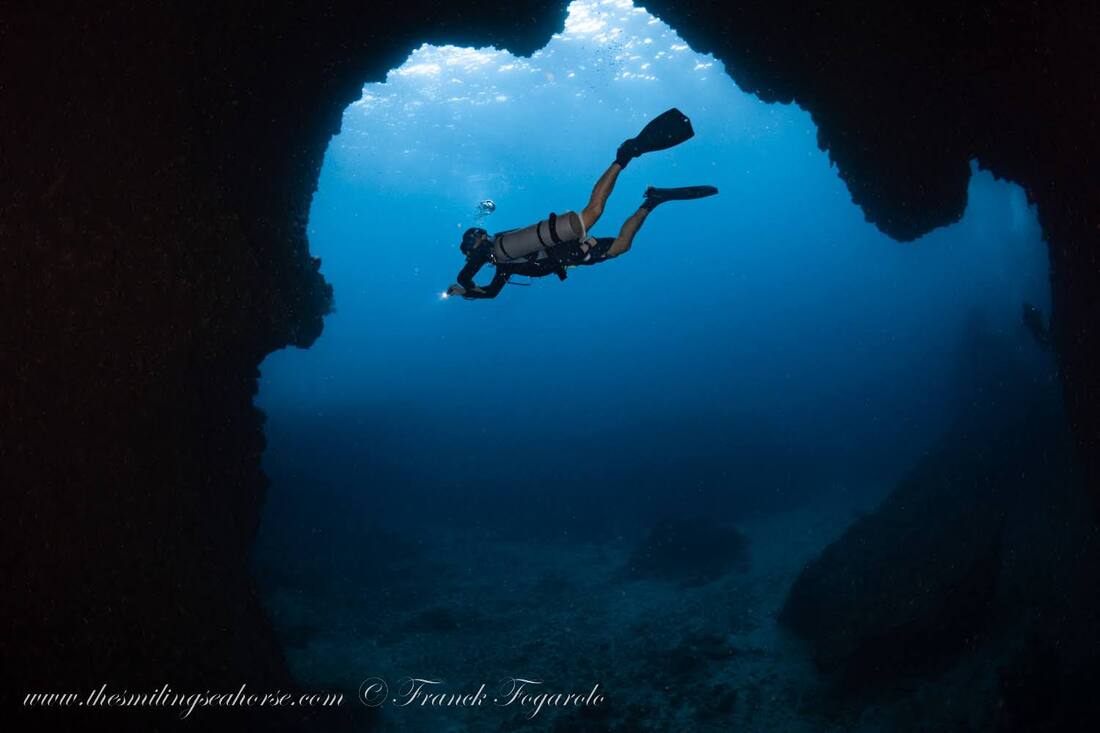
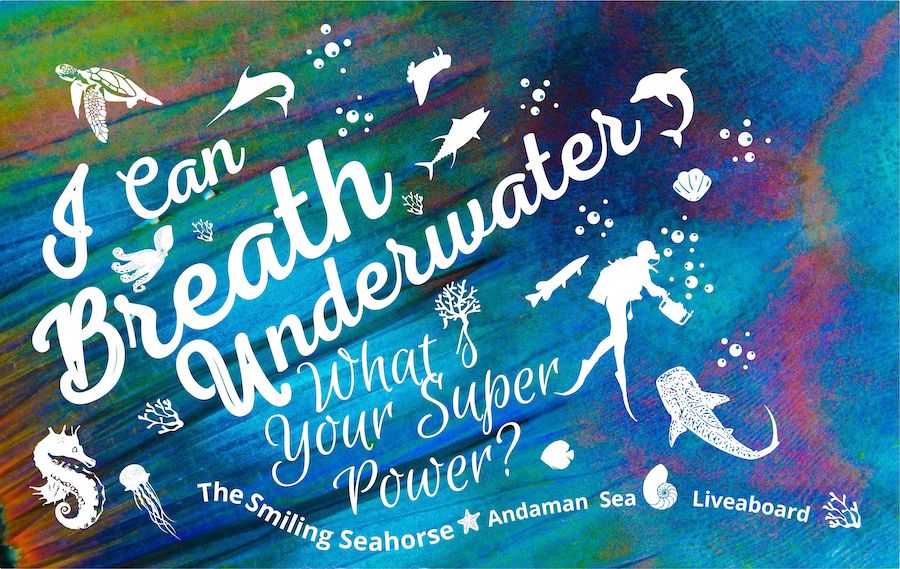
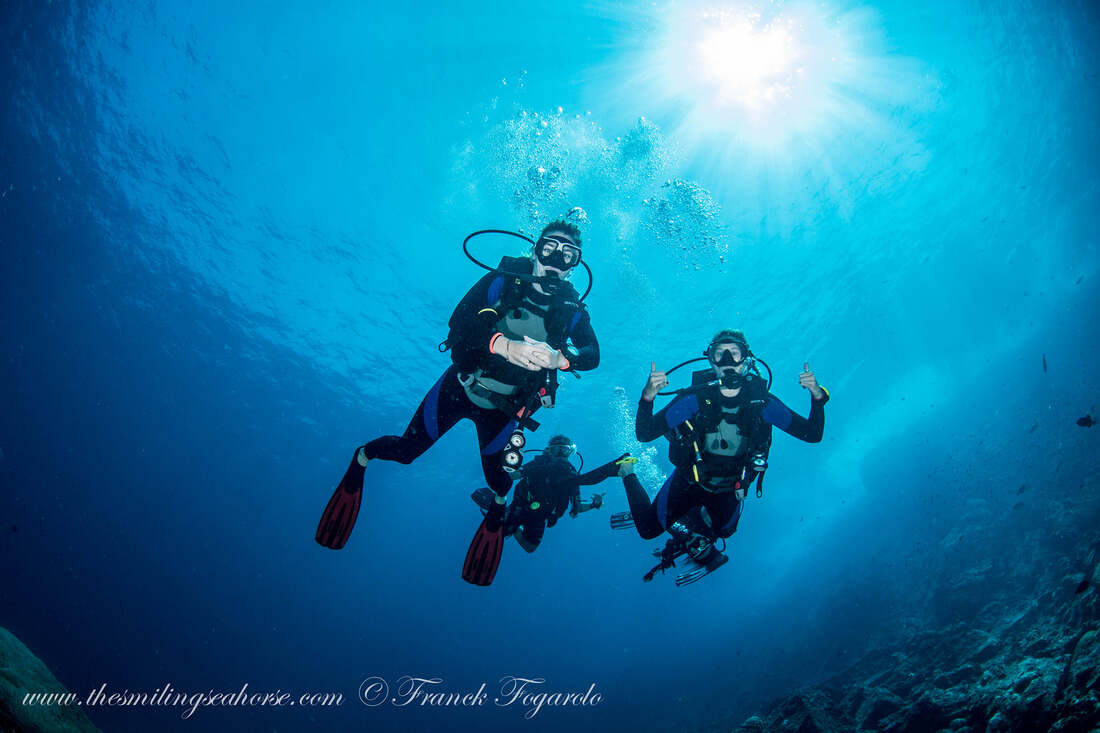
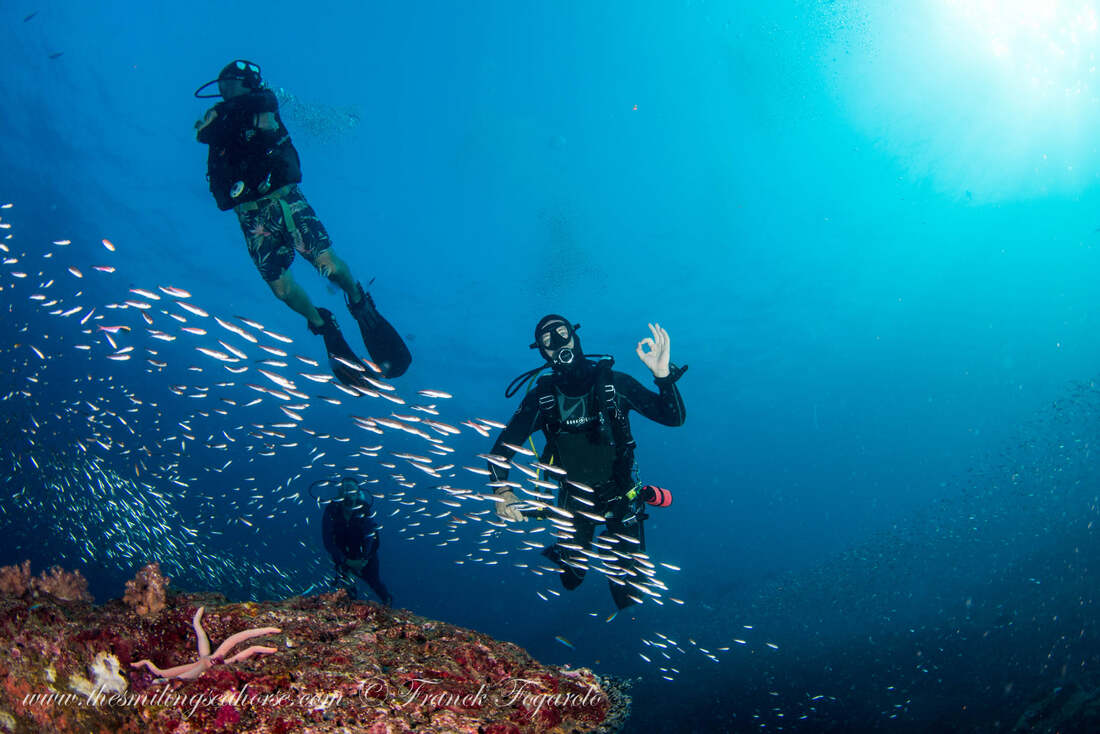
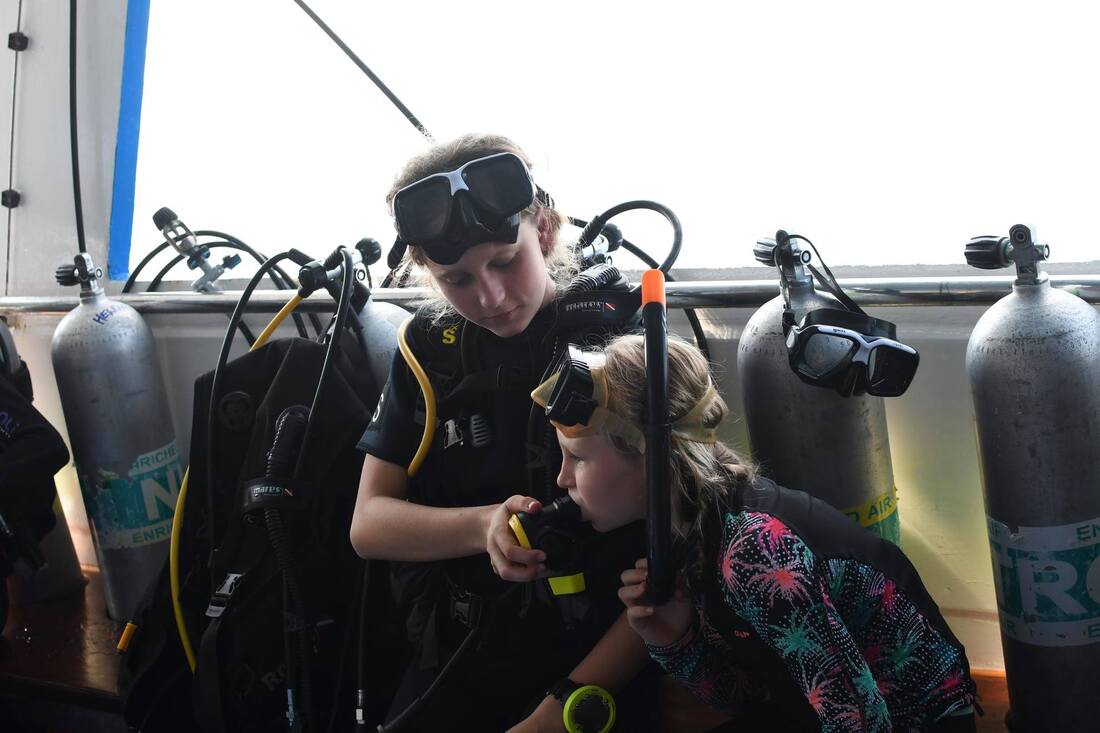
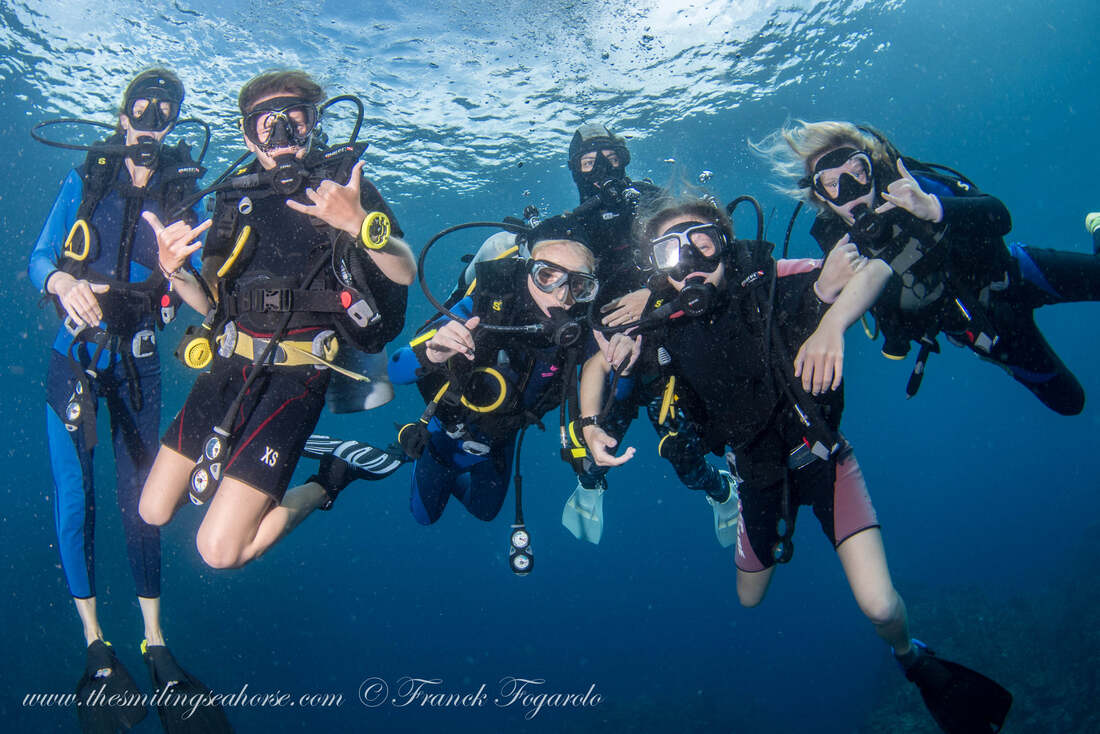
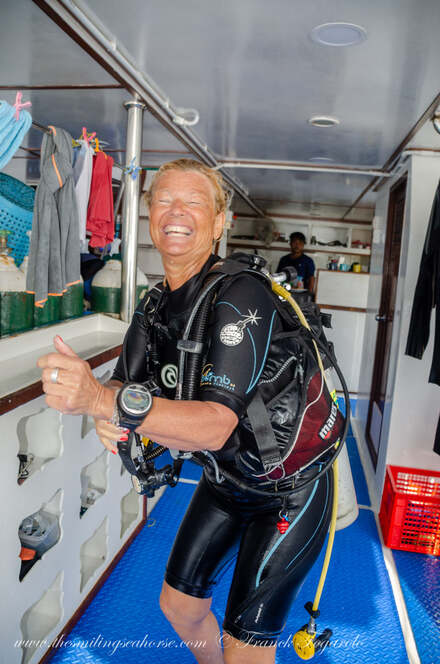

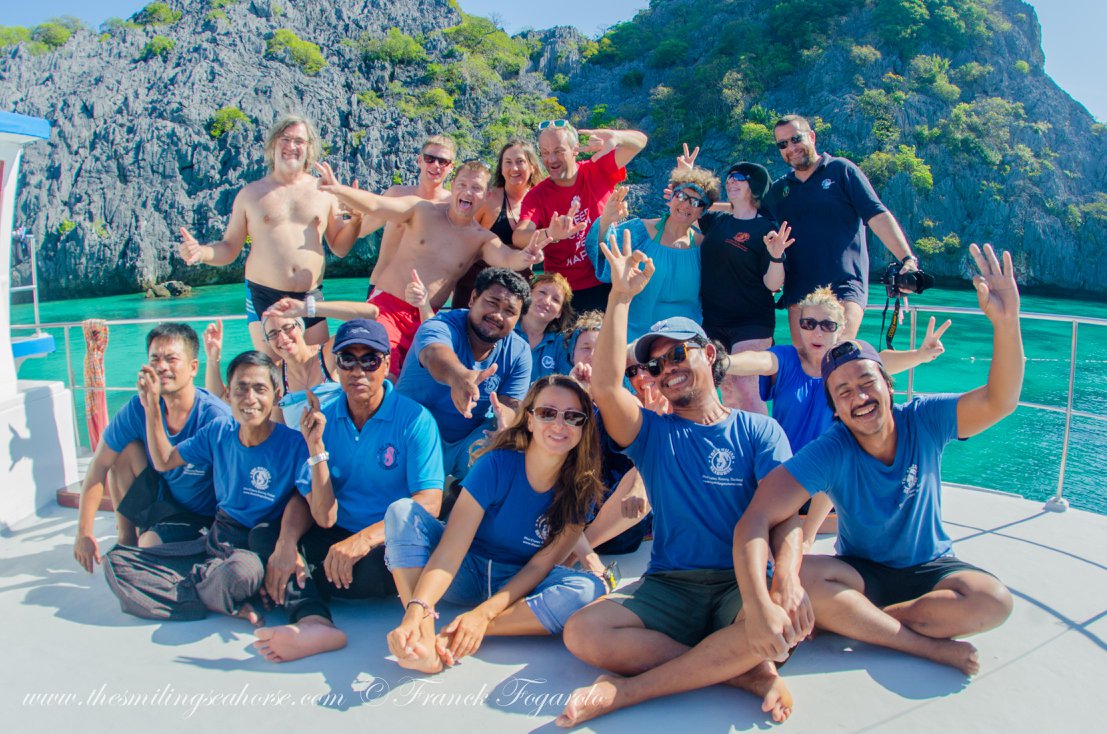

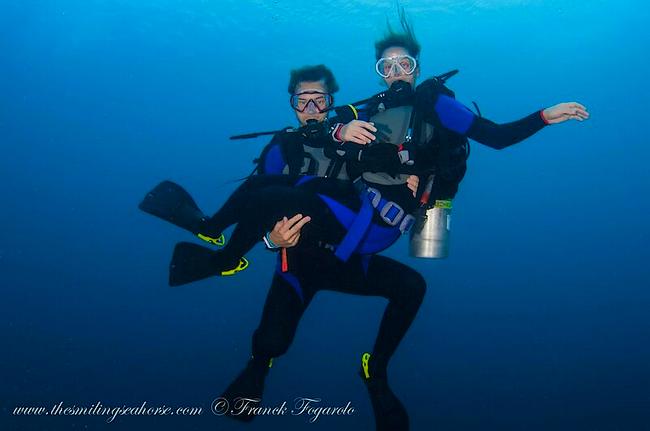
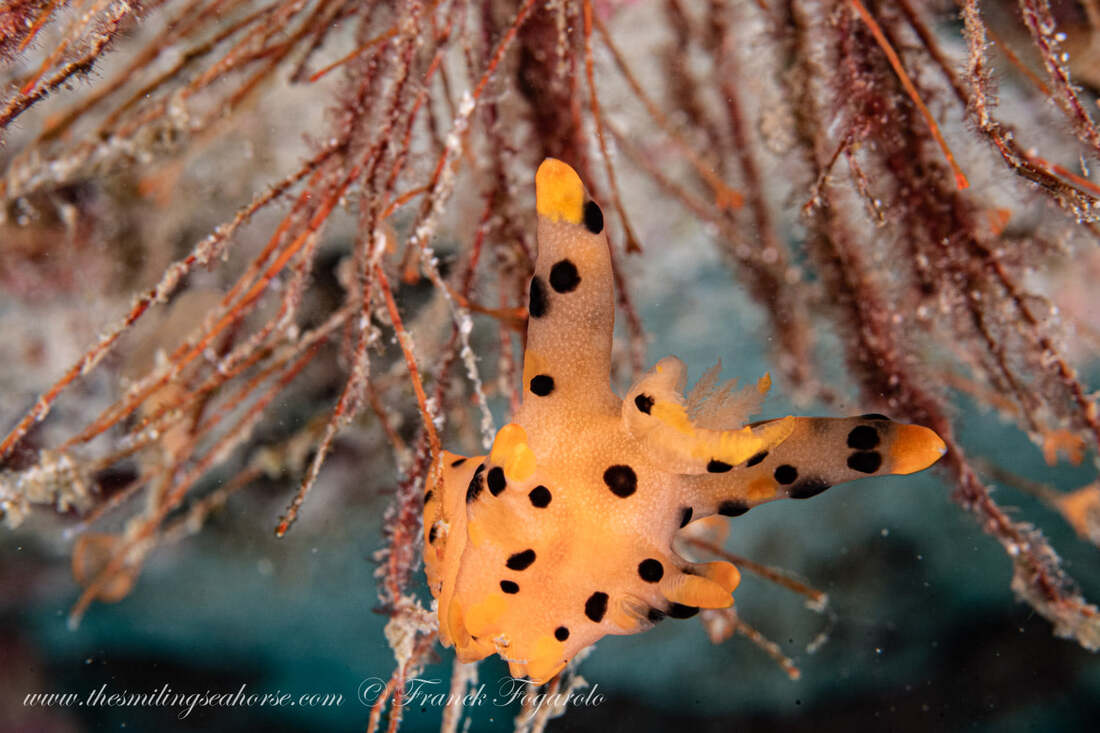

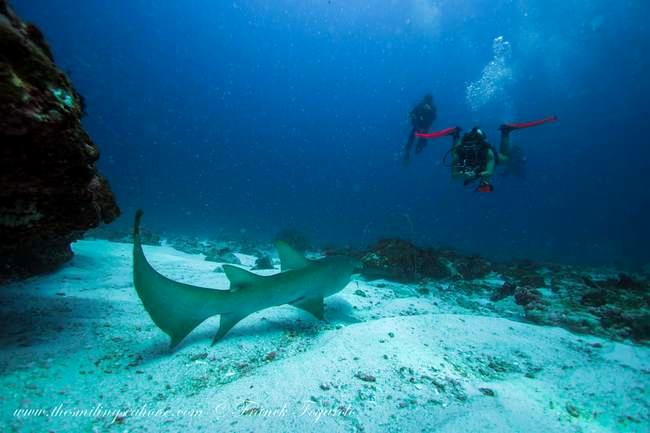

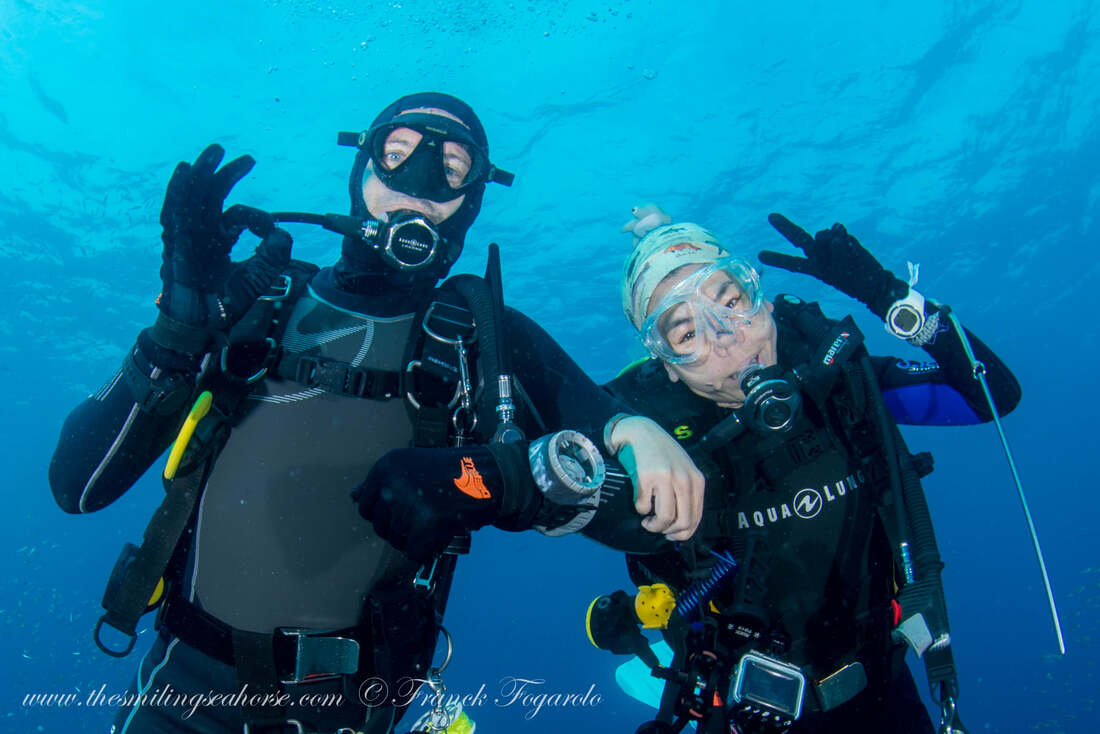
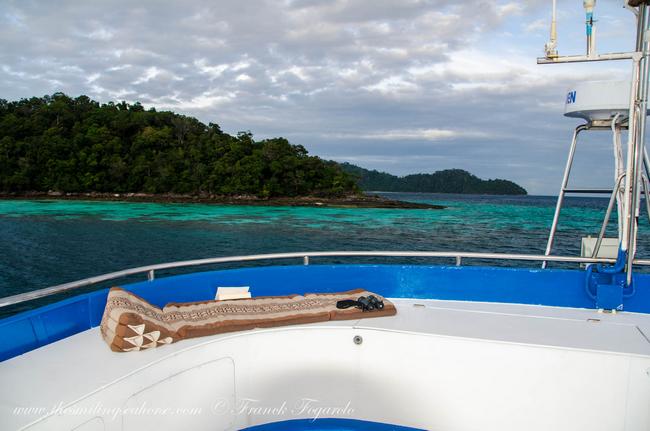

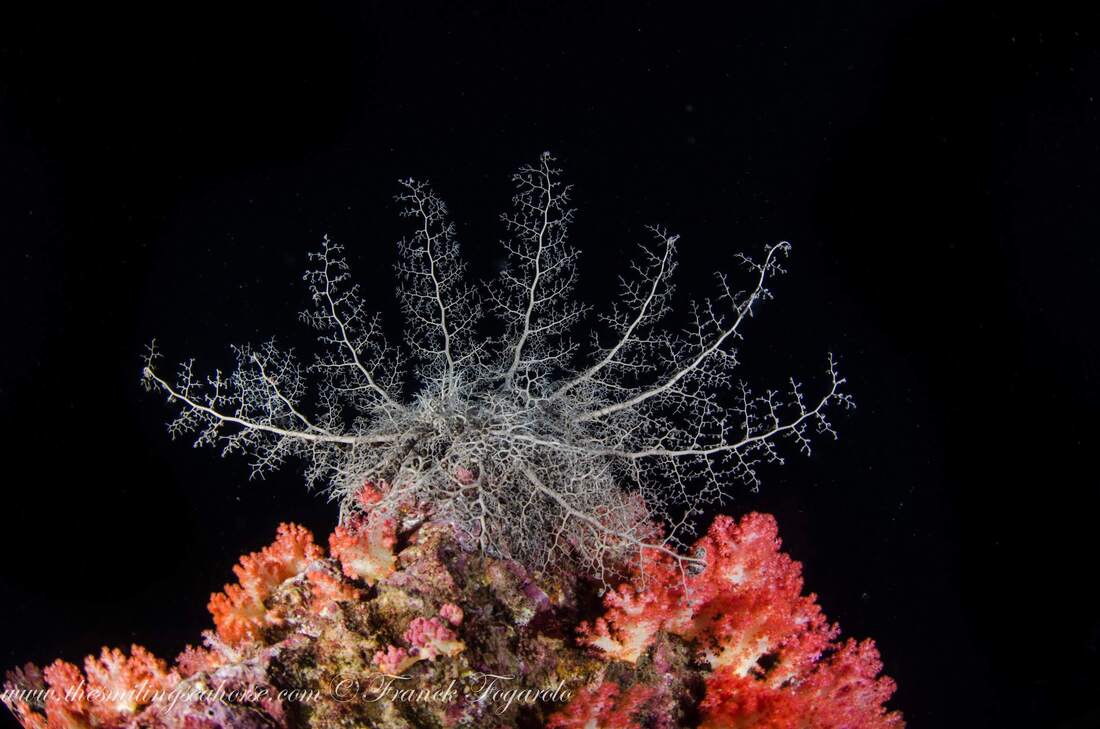
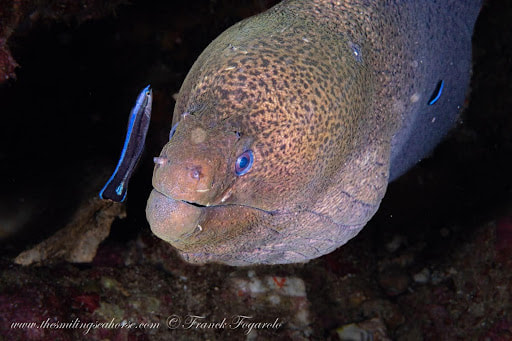

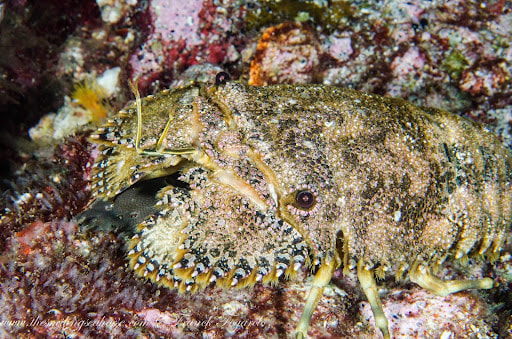
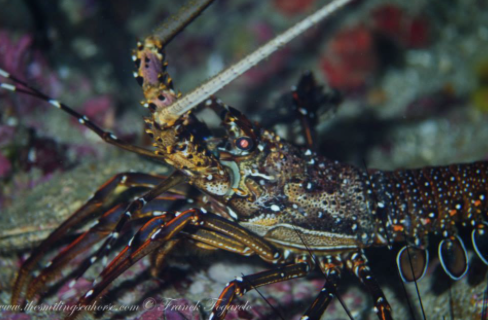
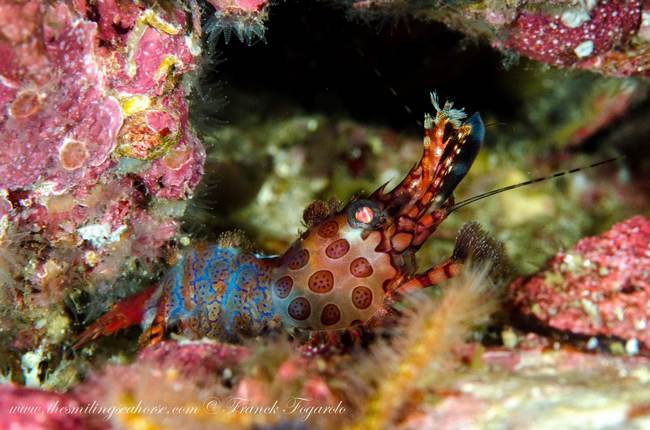
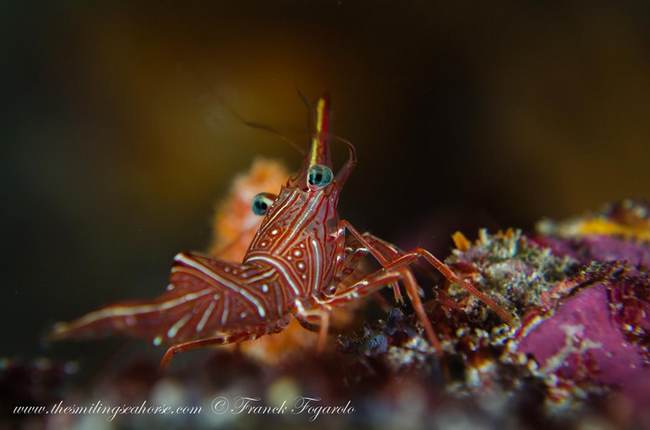
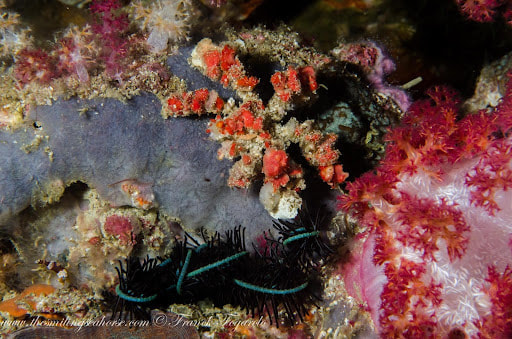
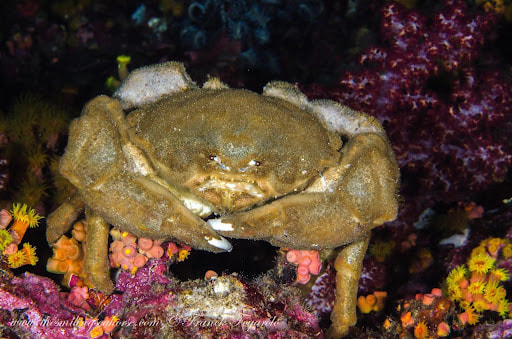

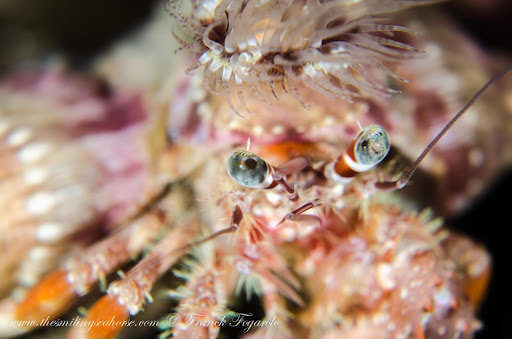
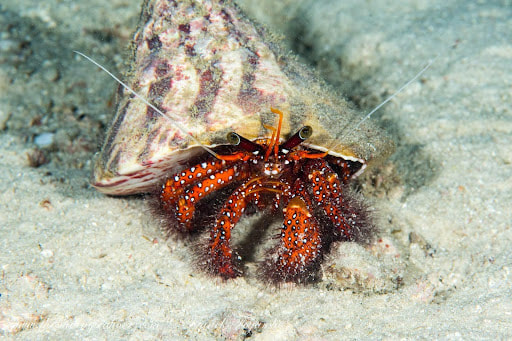
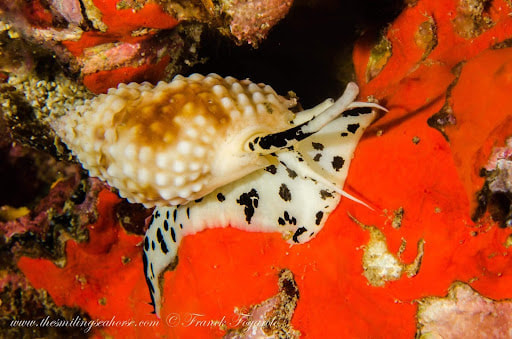
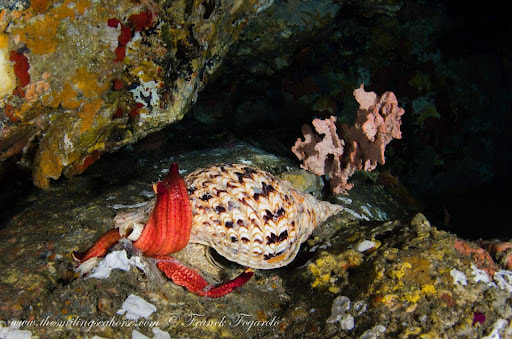
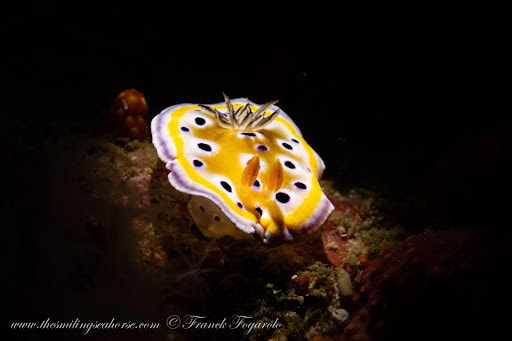
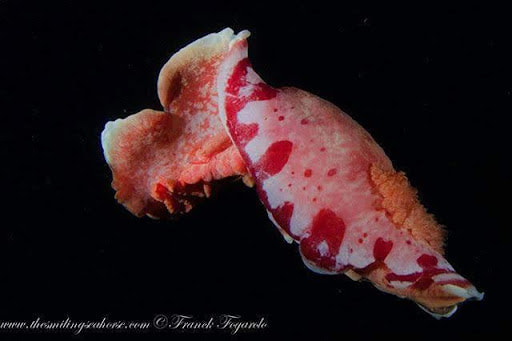
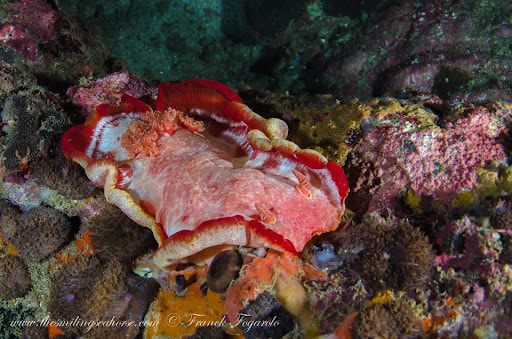
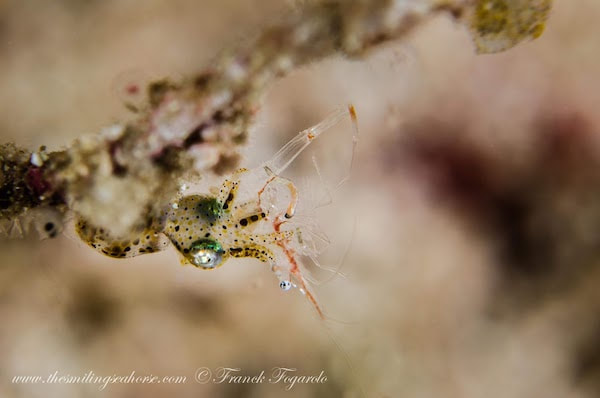
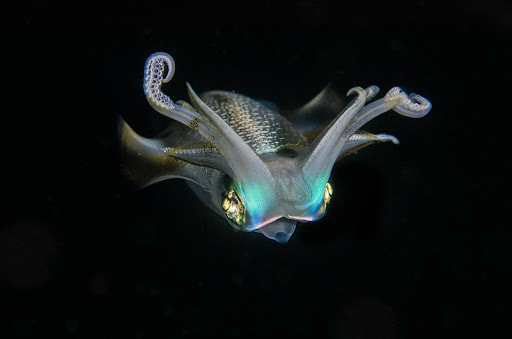
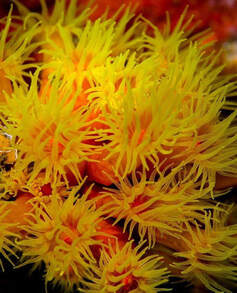
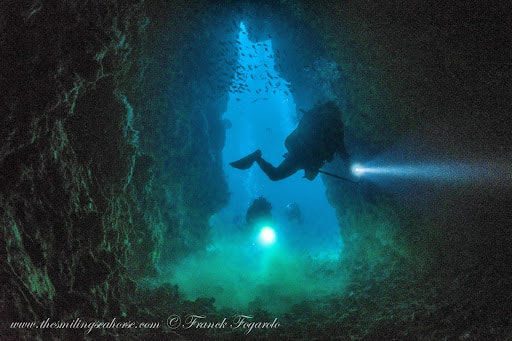
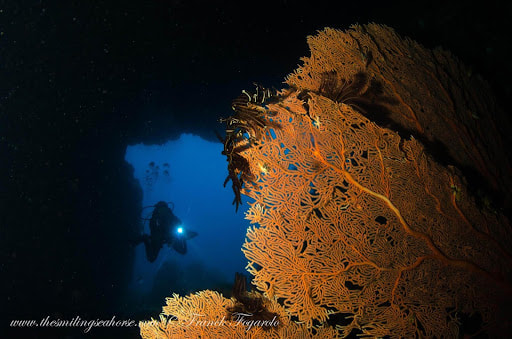
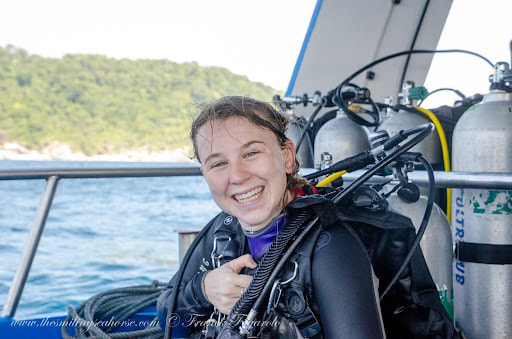
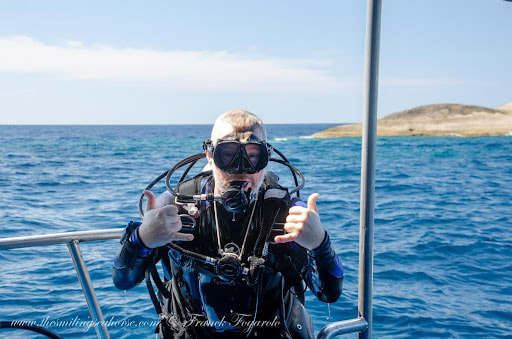
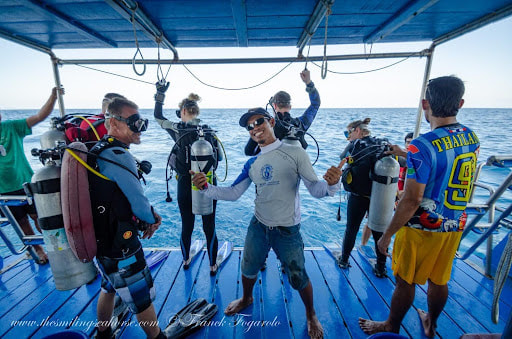
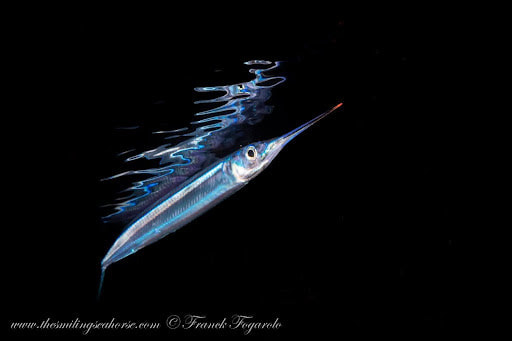
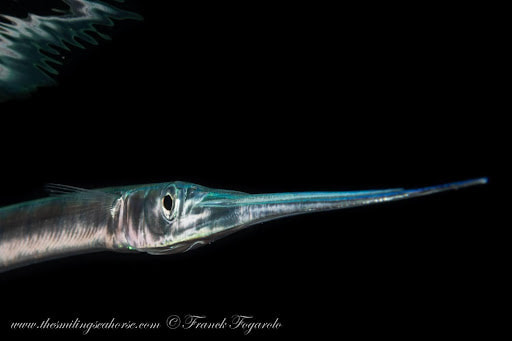
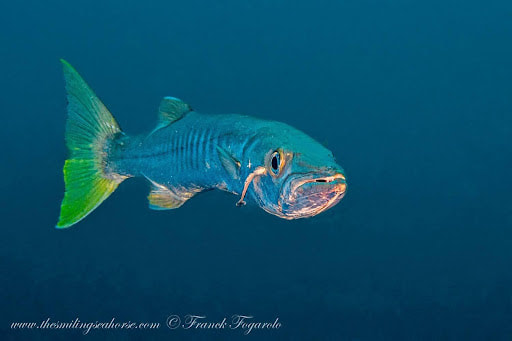
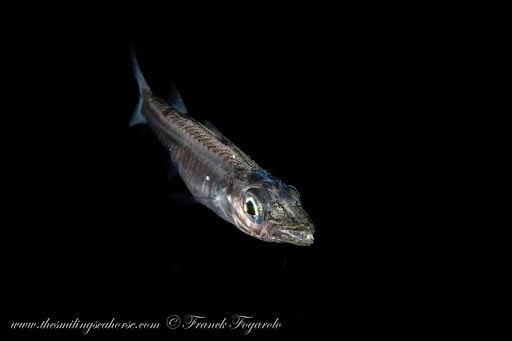
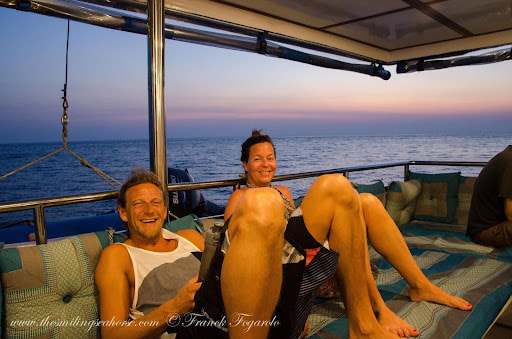
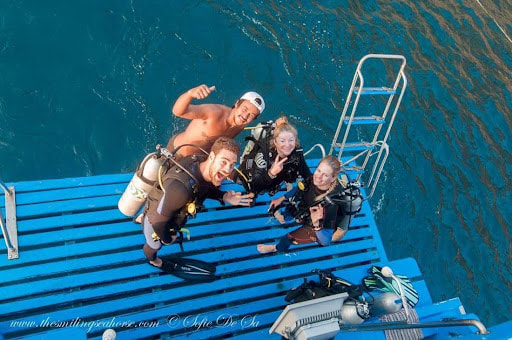
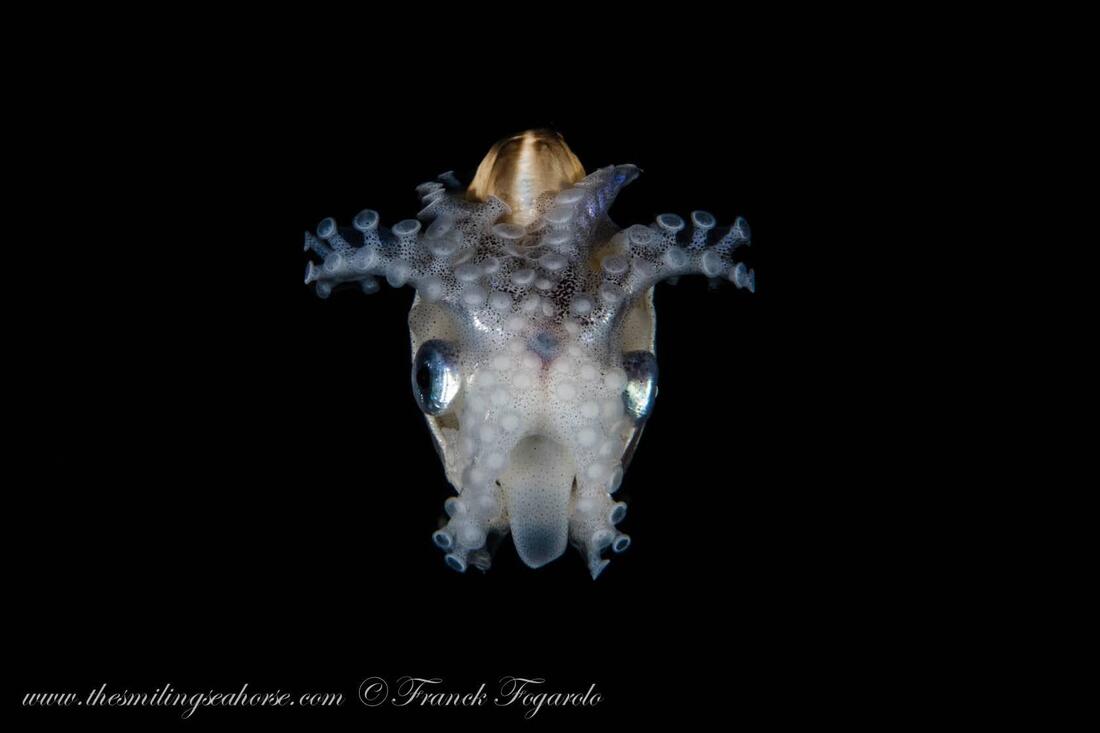
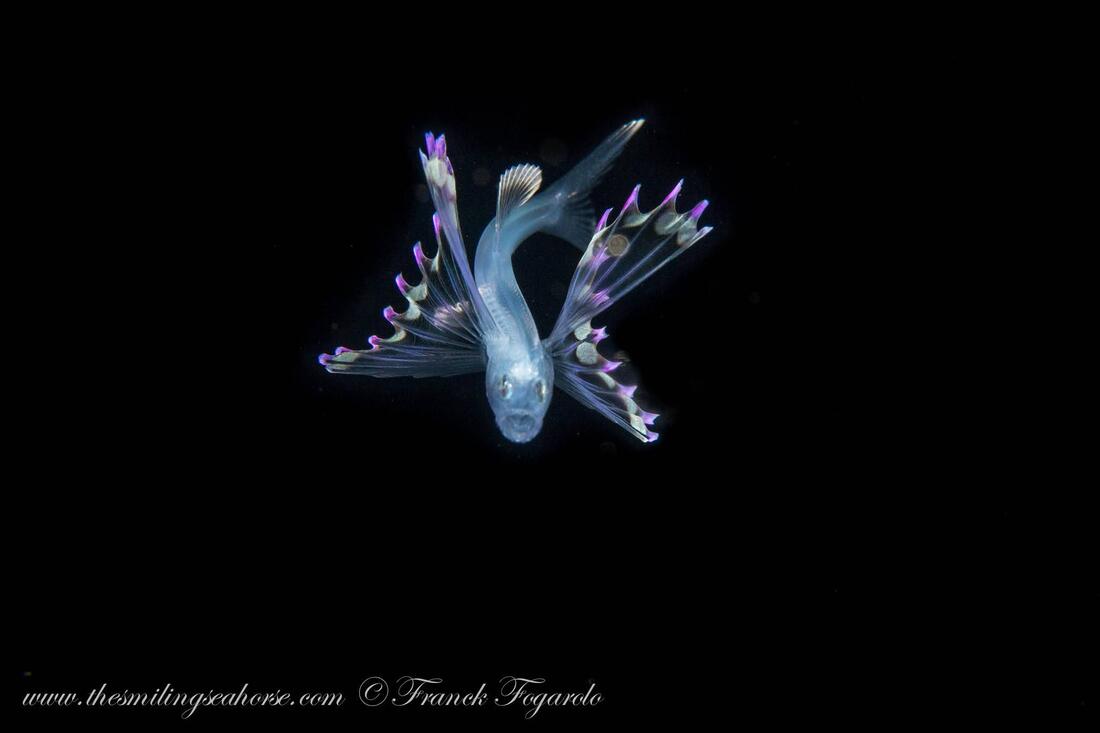
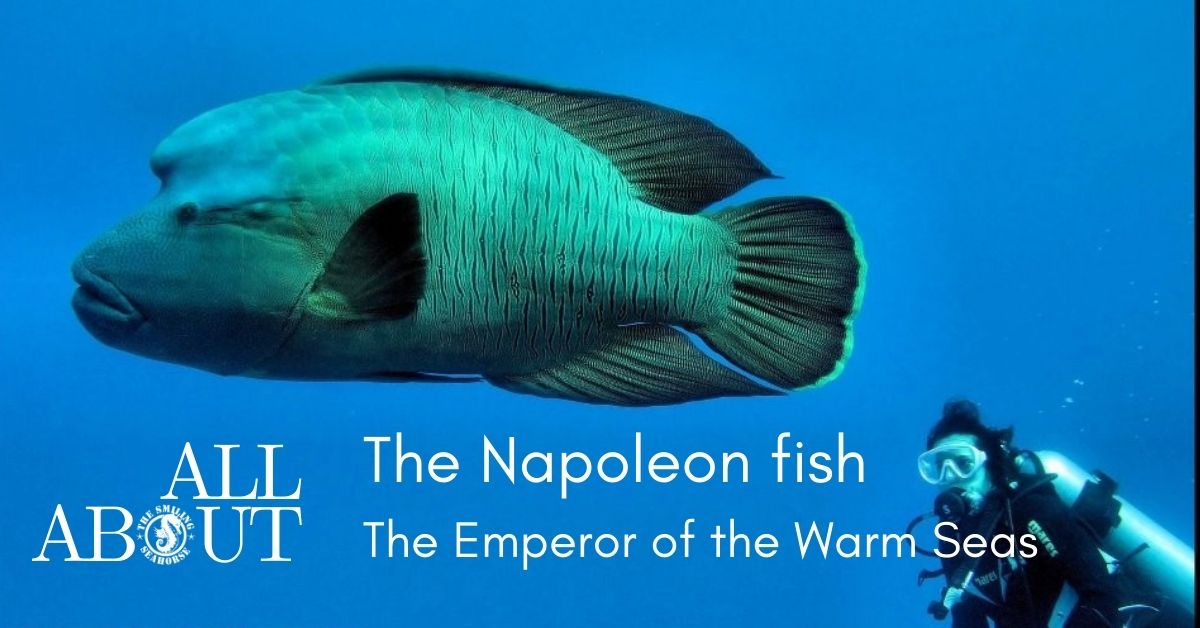

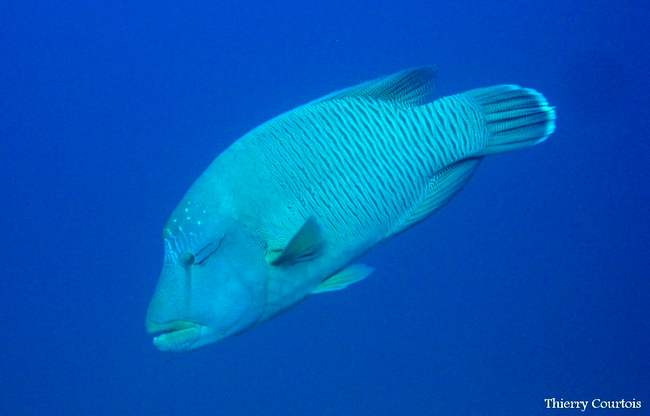
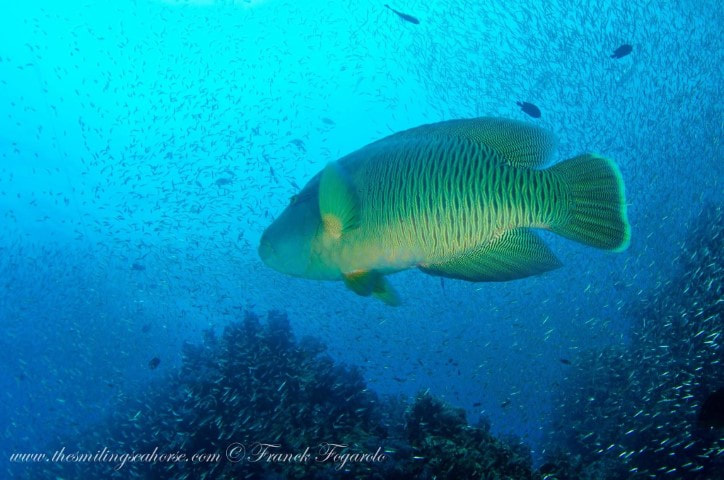
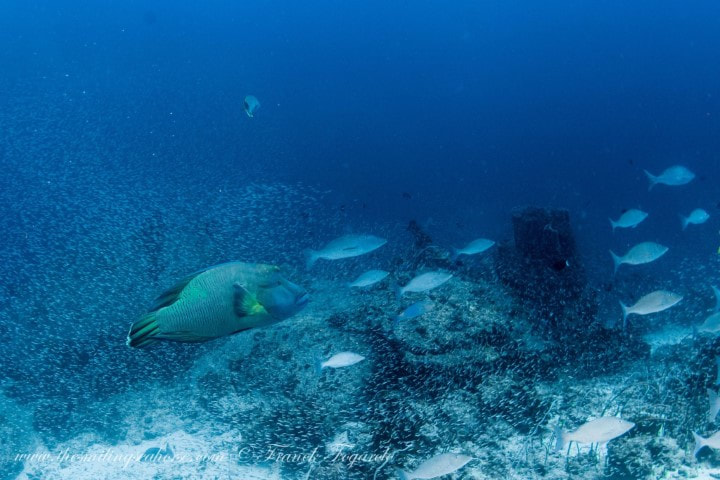
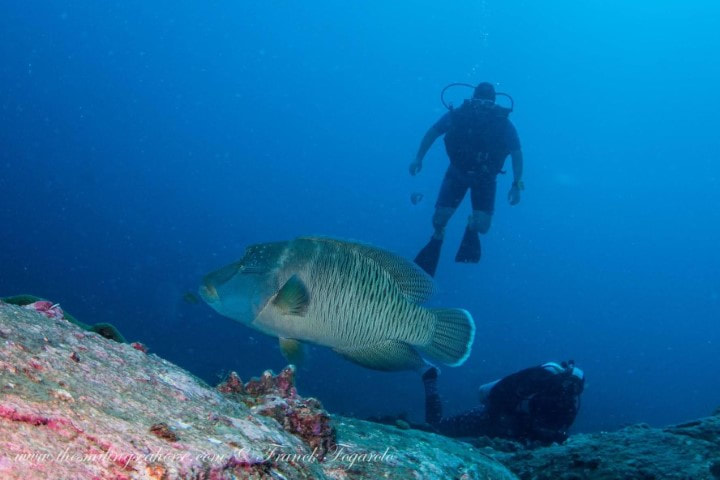
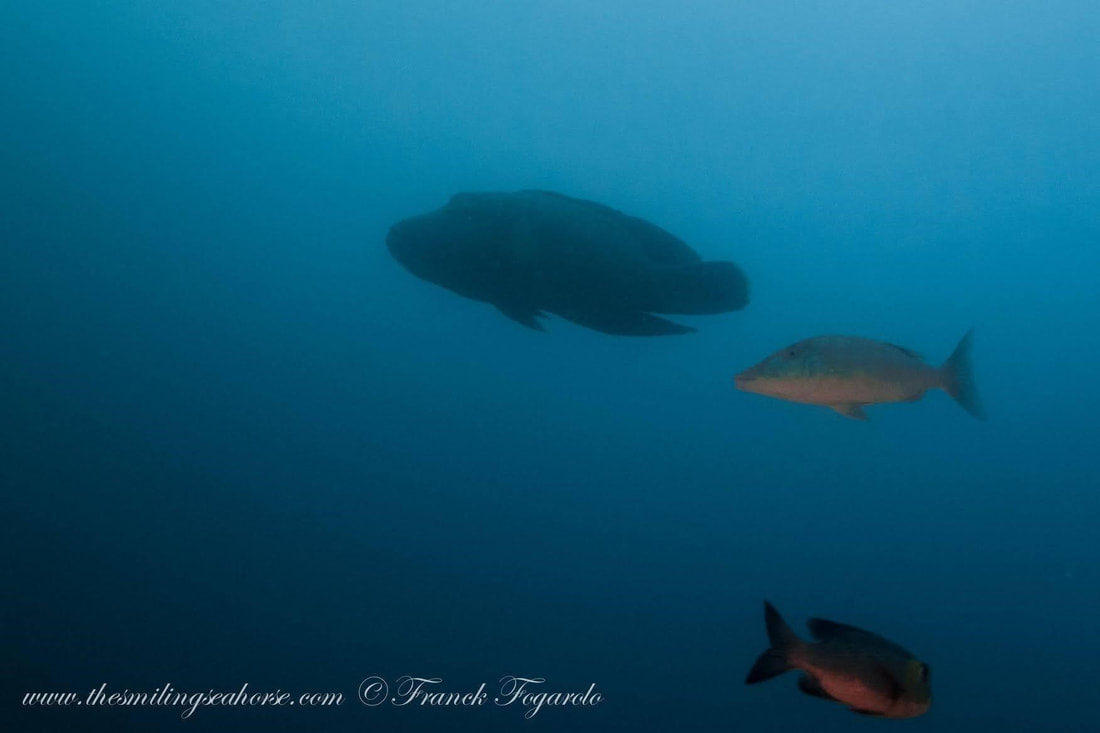
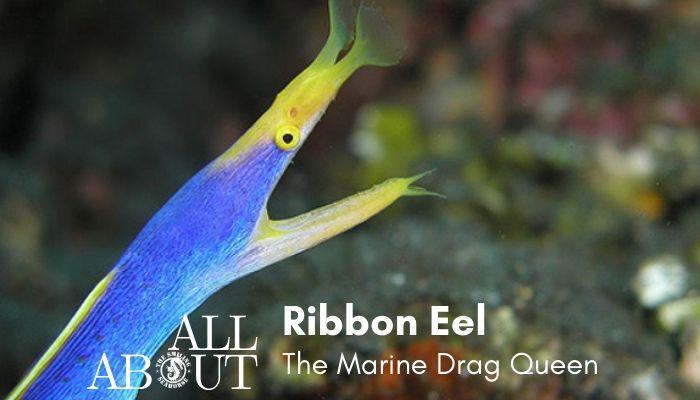
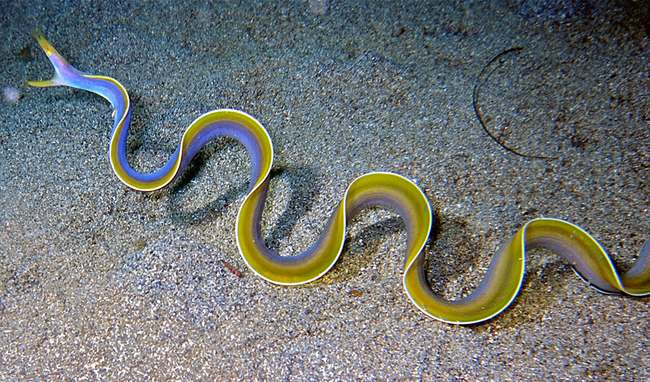
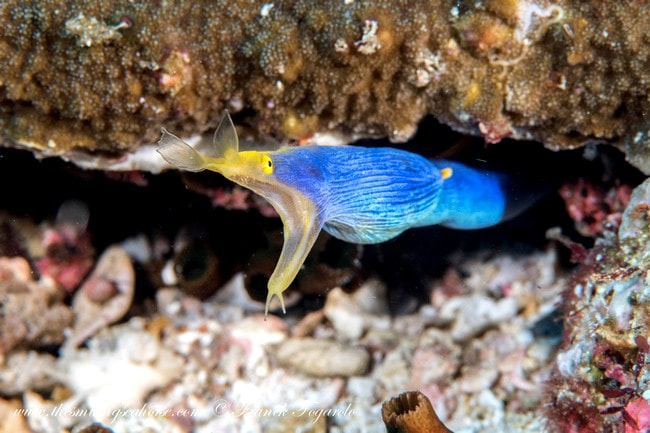
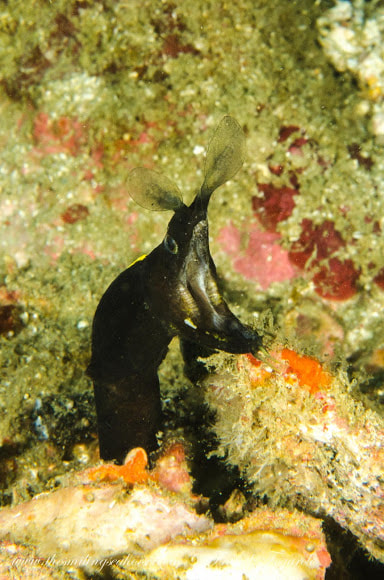
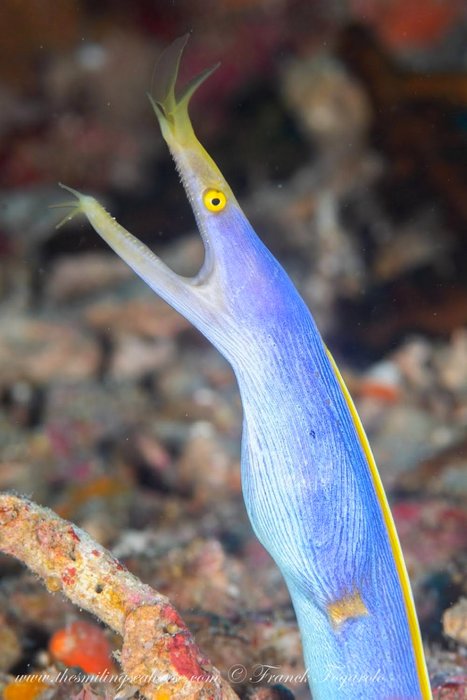
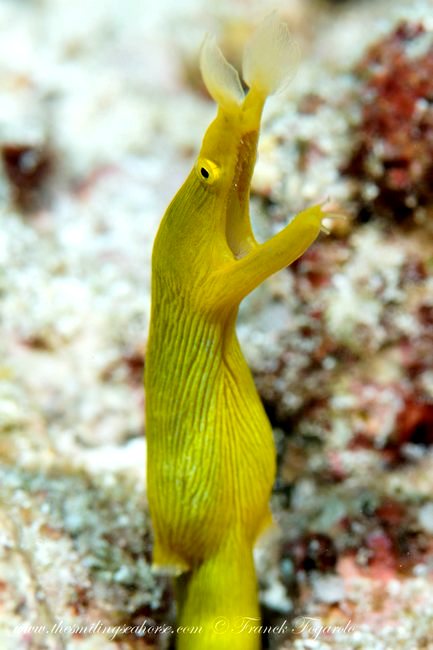

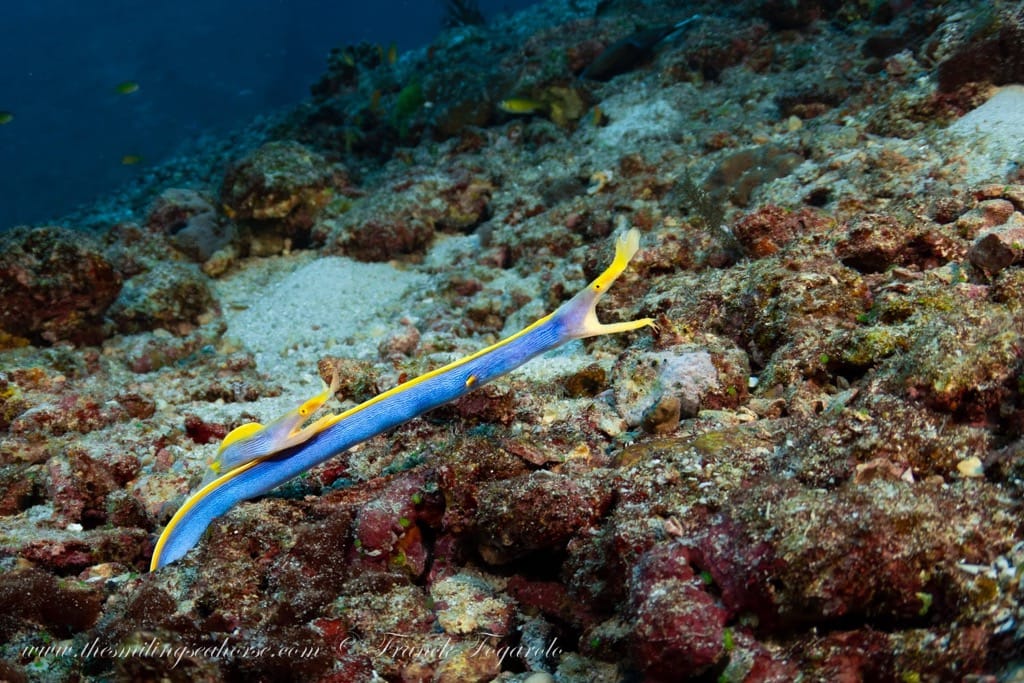
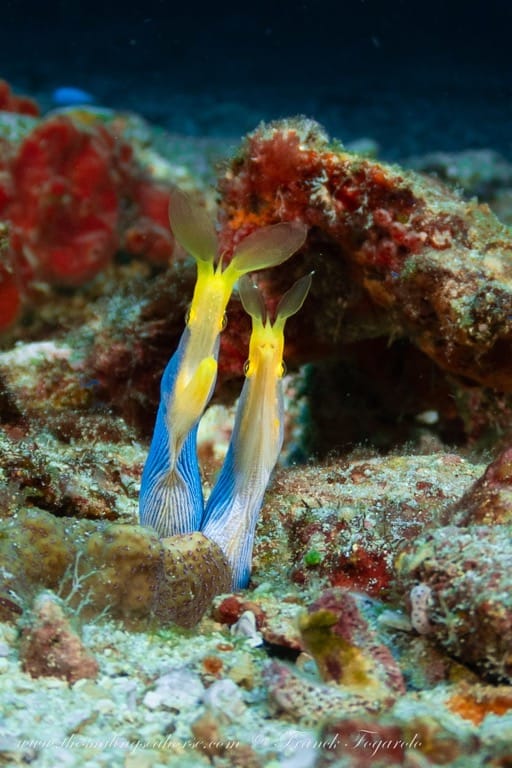
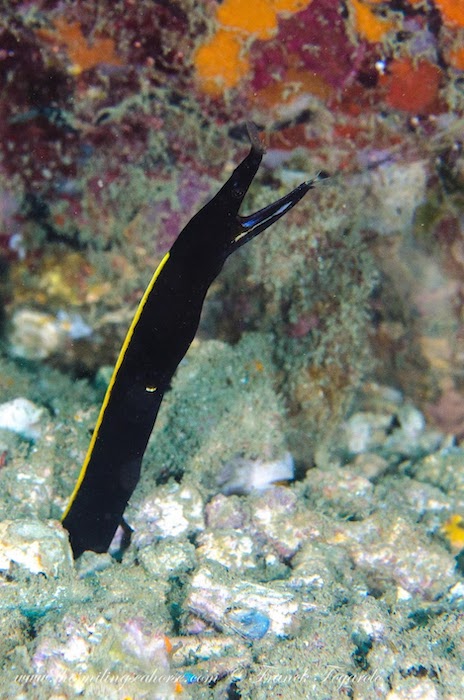
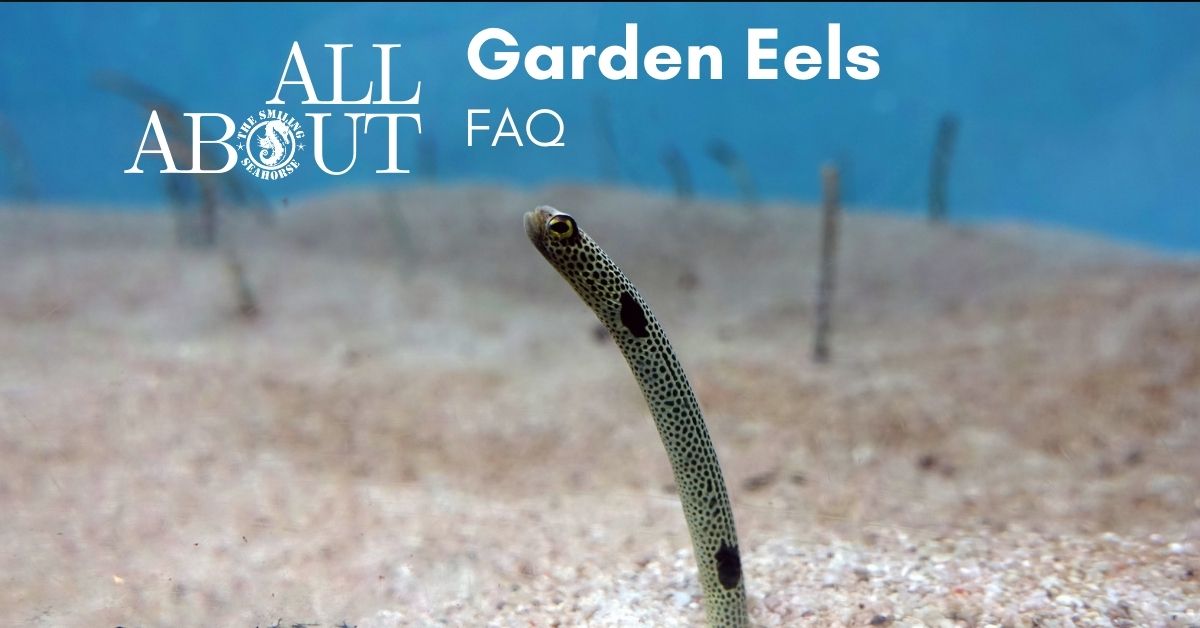
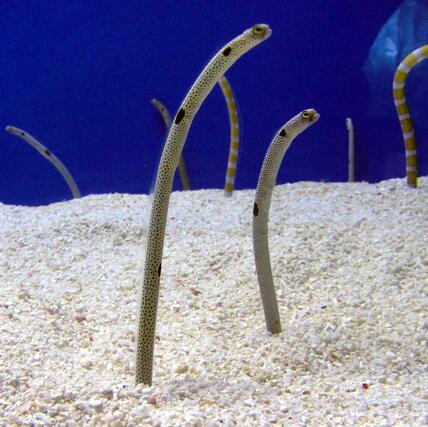
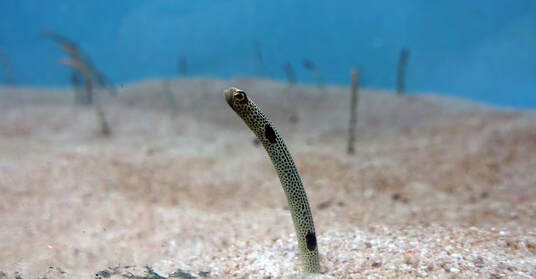
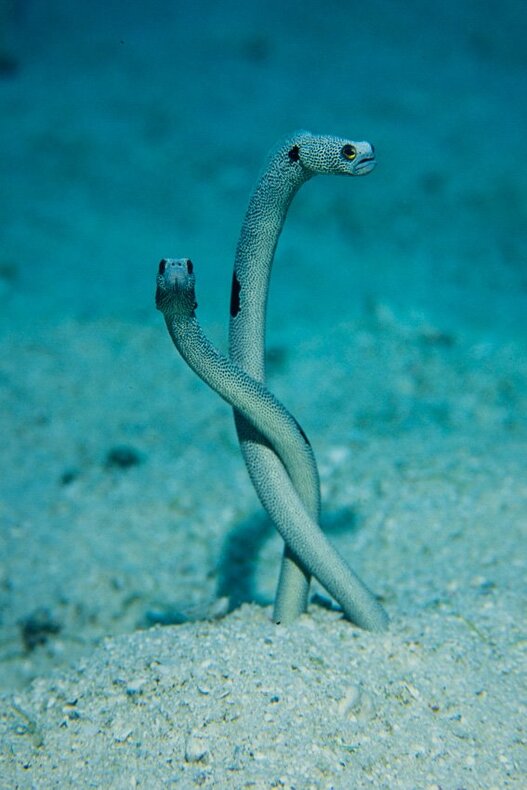

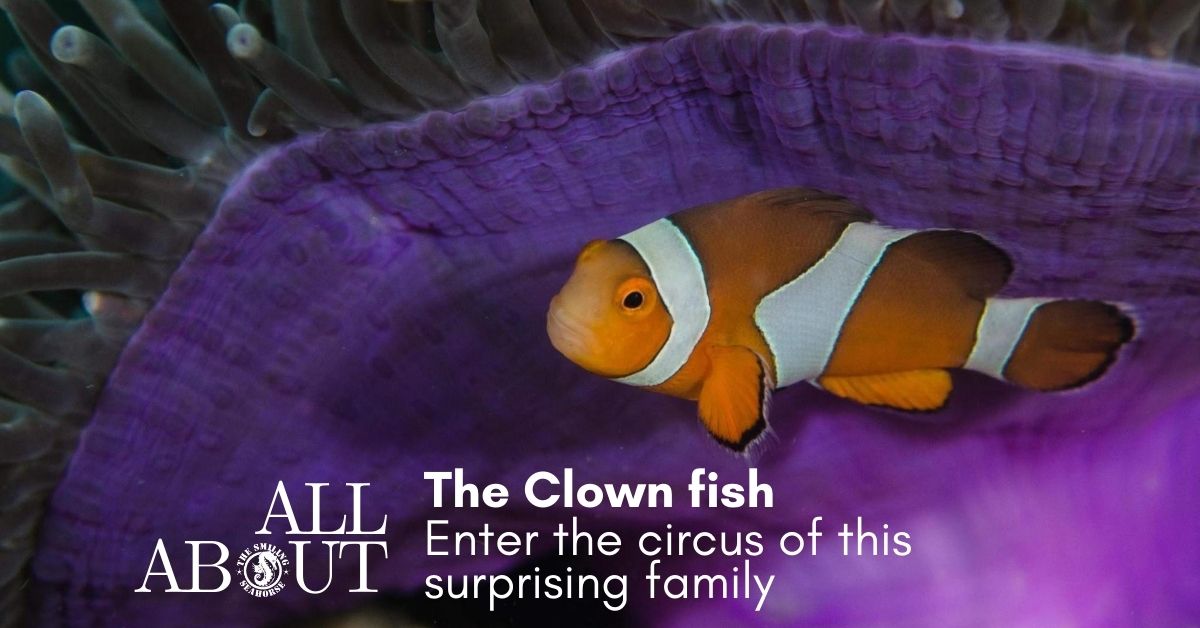
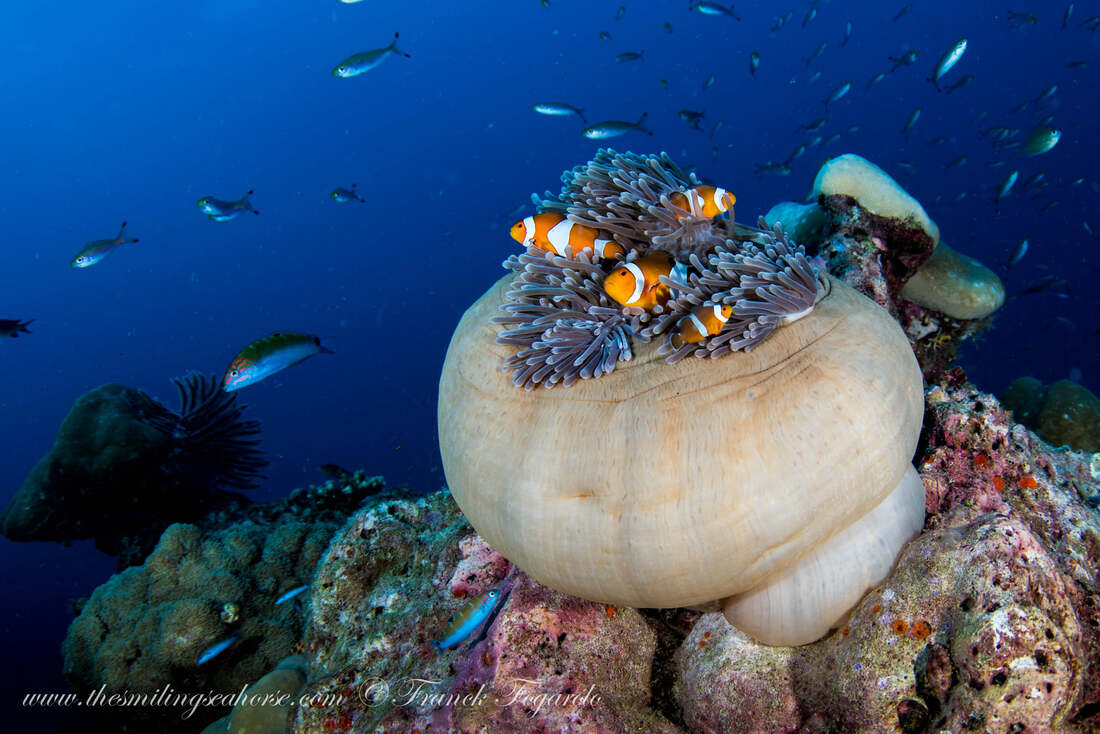
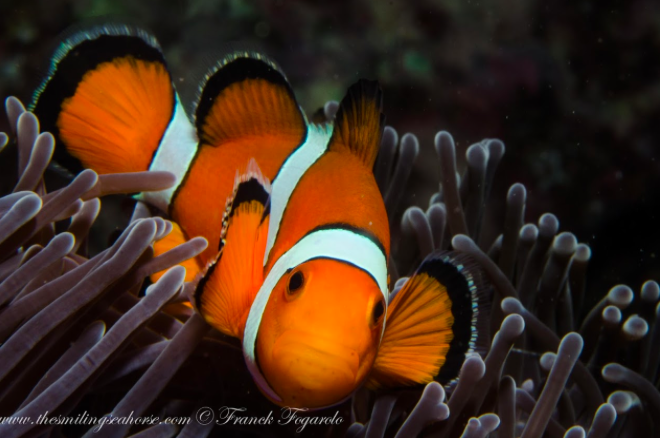
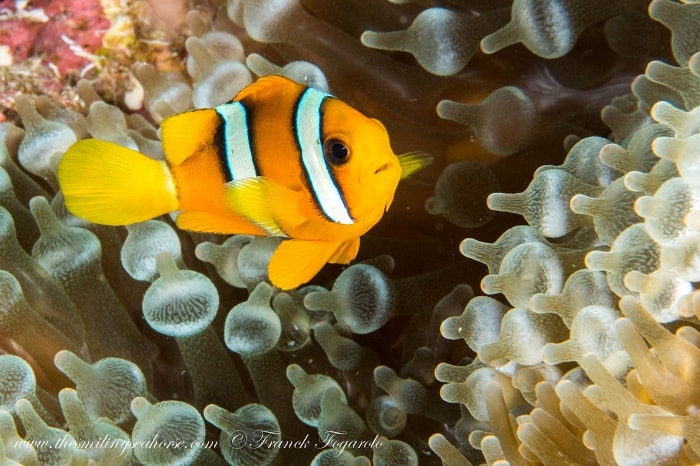
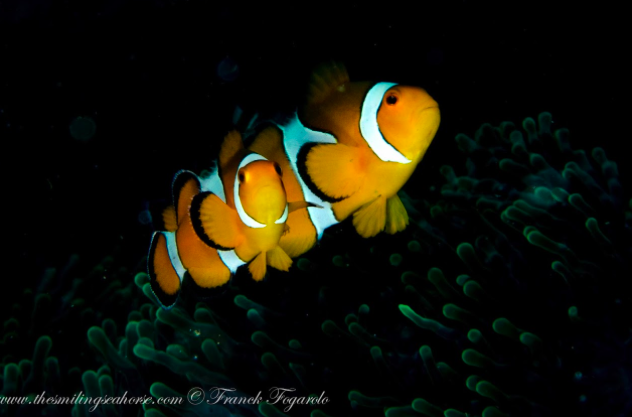
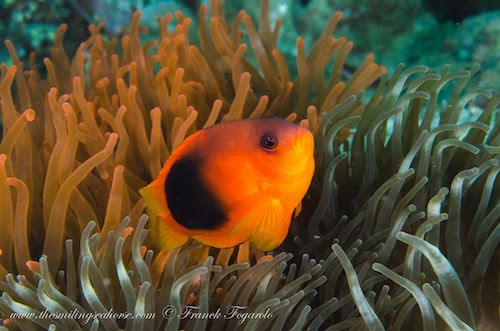
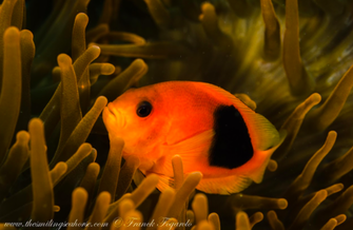
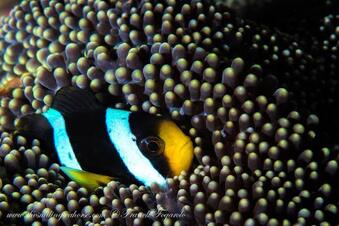
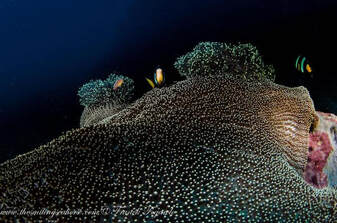
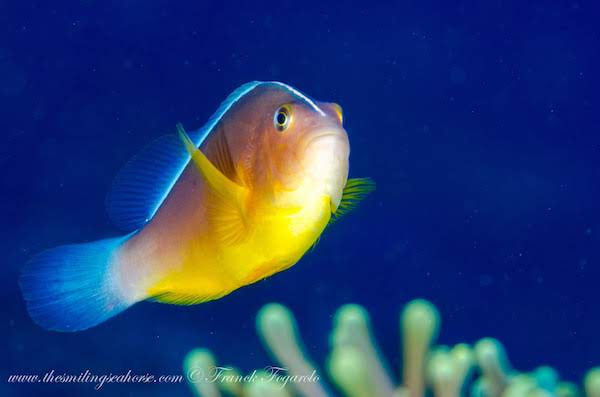
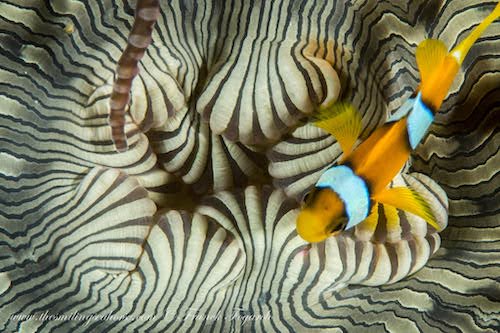
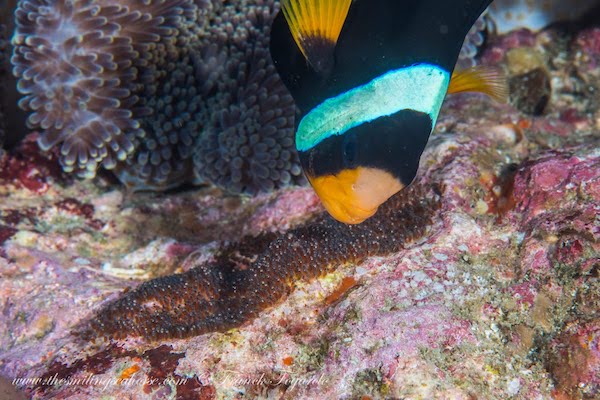
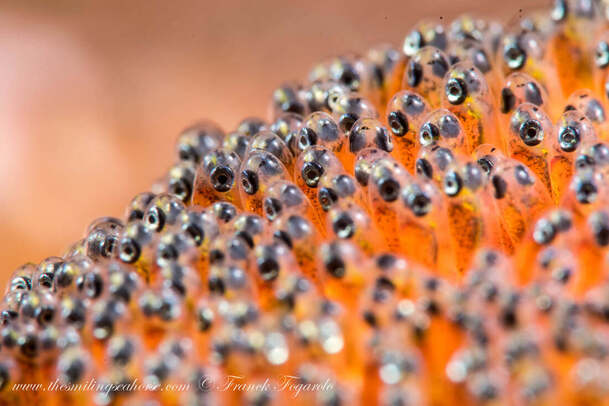


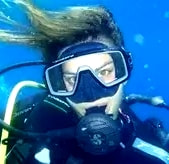

 RSS Feed
RSS Feed




